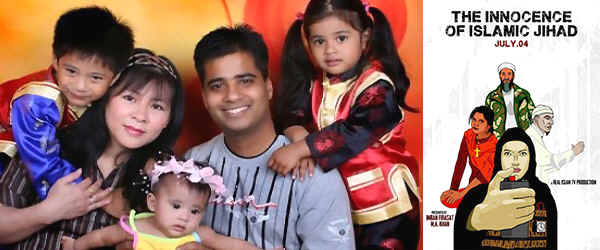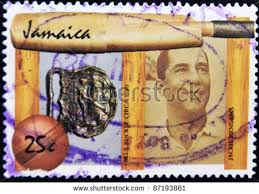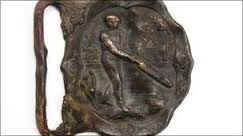|
The
community of San Ysidro is today a part of the City of San Diego,
California. It was
incorporated by
San Diego
in 1957 with the foresight of providing the port city of
San Diego
a direct land connection to
Mexico
and a stake in the international trade that flows across the United
States-Mexico border through San Ysidro.
San
Ysidro received its name from a visionary group of people who came to
settle in the valley in 1909, founding an agricultural colony called
"Little Landers."
Dedicated to the principle of growing their own food, they
christened their community with the name of the patron saint of
farmers, Isidro, "a virtuous farmer who had fallen asleep and had
his fields plowed for him by angels." [1]
San
Ysidro was once part of a land grant given by the Mexican government
to Don Santiago Arguello in 1828.
The "Rancho de Tia Juana" was soon threatened by the
expansionist aspirations of the
United States
. In its drive to acquire
the rich lands of
California
and ports on the
Pacific Ocean
to link it with
Asia
, the
United States
waged war against
Mexico
in 1846. The Treaty of
Guadalupe Hidalgo, ending the war in 1848, required
Mexico
to give up
Alta California
to the
United States
, and the
San Diego
region passed into the waiting arms of the
United States
.
Today
San Ysidro still looms large in the dreams of many people.
Immigrants "without papers" fleeing the U.S. border
patrol ask breathlessly when they come across if they have arrived--if
they have crossed "la linea"
and entered the land of milk and honey.
For long-time San Ysidro residents, who love their community
and live, feel and appreciate the social relations that make up their
community, their vision of San Ysidro goes beyond the limitations that
some outsiders myopically focus on.
In the words of (the late) Doug Perry, "the heart of the
community is an uncut gem." (2)
The
sense of community and history of San Ysidro is best told through the
voices and visions of the people who have made it their home and have
left their mark on it. We
offer here but a few reflections of the multi-faceted history and
character of the people of San Ysidro.
Arrival: First Visions
and Dreams
Long
before
California
was even a myth or a dream in the imagination of the Spaniards, the
area that is today San Ysidro was inhabited by Kumeyaay Indian clans.
They held communal ownership of land and lived in an environment that
rewarded them with a rich supply of food.
Respect, ritual, and spirituality guided their lives and social
relations. Mountain-tops
were sacred to them. In
the words of their descendents, "'They are our cathedrals of
worship," ... 'We go there to pray.' " (3)
In their fasts and sweats on the mountaintops, people's prayers
for guidance were sometimes rewarded by visions.
The region that is San Ysidro is bordered by foothills and
mountains. It is very
possible that the decision of the earliest arrivals to settle in San
Ysidro was guided by such a vision.
The
first recorded descriptions we have are from the Spanish expeditionaries
who came through in 1769 on their way to the
bay
of
San Diego
. Father Serra's passage
was to foreshadow the way in which many immigrants today arrive at San
Ysidro. He first entered
the region through an area now known as Smuggler's Gulch.
His party was led through the gullies by guides, and his
description reads like it could have been the thoughts and words of
the many undocumented immigrants who are led through those gullies
across the border into the United States today:
We
started early, and the first thing was to cross the ravine and climb
up the opposite hillside. After
a few ups and downs we saw a wondrous sight -- a measureless plain
stretching out before us over which our footsteps had to tread.
The hills we left on our right. . . .
But the ravines we had to cross were . . . quite numerous,
without any possibility of avoiding them or flanking them -- they are
all alike coming straight out from the mountains. . . .
I summoned up all my courage -- because you were no sooner out
of one ravine than you were into another, and each one was dangerous.
At one time I asked the guides:
Is this the last one?
There are plenty more to come, was their answer....
(4)
In
this beautiful land that Serra had arrived at, there were "many
willows, poplar and sycamore trees along the river banks, wild grapes
grew in profusion, there were plenty of acorns and wild asparagus, and
game seemed abundant." (5) One
hundred and forty years later, the founders of the San Ysidro Little
Landers Colony would encounter a similar environment:
"The colony lands, starting with the foothills that
bounded the northern side of the valley sloped gradually across a mesa
and down to the alluvial bottom lands of the lower valley...
valued for their rich fertile soil and for the stream of water
which underlay them and assured success for the colony." (6)
By
now, the original settlers had been dispossessed:
the Kumeyaay no longer lived amidst their cornucopia.
They had been transformed into a labor force for the
Spanish-Mexican ranchers who had been "granted" the
California Indians' lands. In
their turn, the Spanish-Mexican ranchers had been supplanted by
incoming Anglo-American settlers in the nineteenth century.
And now, in the early 20th century, the new arrivals came with
their own vision for their San Ysidro colony.
Little Landers Founder William Smythe described the high ideals
of brotherly love and the fullest development of human potential he
held for the cooperative farming venture he founded.
He foresaw the colonist as:
"a man who... is a scientist... an artist. ... a man with
initiative. ... He is an independent, self-employing man.
To his trees, his plants, and his vines he gives the ineffable
touch of love. He is the
spiritual man of the soil." (7)
Smythe's
idealism was reflected in the colony's symbol: a flag bearing a white
star on a field of blue, the "star of hope."
The Little Landers dream was undermined with the flood of 1916,
but it left national repercussions:
the colony helped inspire other utopian agrarian experiments in
other parts of the United States.
Throughout
the following decades, San Ysidro continued to attract people.
Doug Perry, who arrived in San Ysidro in 1979, described his
experience upon first seeing San Ysidro:
" I came down that one time and I saw the hills and got
off and went up to the hills and looked down on San Ysidro and the
valley and that was it, I was sold. ... I made that trip and between
the hills and the valley I thought, this is it for me."
The Circle of Community
"San Ysidro...is a
different feeling ... in
the way that people live and the way the community is . . . . This
community is still a little community.
It has an alma (soul),
and it has a corazon
(heart)." (A. Skorepa)
One
of the first interviews we gathered was from Mr. Edward M. Cuen, whose
parents came to San Ysidro in 1929.
He describes what it was like growing up in San Ysidro:
"San Ysidro was a beautiful community.
I think I knew everybody in town then. ... It was just
farmland, and a lot of people had cows, goats, horses, chickens."
Between
1929 and 1969, many things changed in San Ysidro; but the strong sense
of community remained. Lydia
Armenia Beltran, who arrived in 1969, describes her reception:
"It
was a very beautiful community. We
found people ... who were
very much involved with the community.
They ...told us what was going on and they said that if we
worked hard and involved ourselves . . .
the community would be that much better off.
... A little girl .
. . who's now my goddaughter... came out and welcomed me and took me
over to her house.... My
neighbors became all my compadres....
Everybody's compadre
here."
(The late) Joyce Hettich, long-time San Ysidro resident and
considered its unofficial historian, remarked about inter-ethnic
relations in San Ysidro: "My
experience of 49 years in San Ysidro is that we have all gotten along
just fine." In
describing relations between the Community Church and the Catholic
Church, she explained how the churches would help each other out:
The Community Church minister would say to his congregation
go over today to the Catholic Church--they're having a fundraising
drive. When the
Community Church was having a drive, the Catholic Church pastor would
say, "Go over to the Community Church today, they're having a
drive."
Today
San Ysidro is a predominantly Latino community.
Mexican music is heard, and Spanish is the principal language
spoken. Yet San Ysidro
contains an ethnic and cultural representation that many people are
not aware of. It is
a community that has undergone major demographic change, particularly
since the 1950s and 1960s. Andrea
Skorepa observes that the community has "become a lot more
predominantly Latino, but we've also had an emerging African-American
community . . . we've gotten an influx of African-Americans, Pacific
Islanders, especially Filipino."
Steven
Andrew Gomez describes his own family's background and social-cultural
activities:
Me
myself, being Mexican Indian, Tohno-O'odam, Yaqui and Papago, that's
who I relate to more.... Our entertainment is Pow-wows. The Gathering
of the people. These are
my ways. Singing [in
ceremonial drums] is another way.
I attend, not a church, but a circle of friends, a Native
American sweat lodge, which is our church.
San
Ysidro is also home to an ancient equestrian tradition going back to
the Moorish days in Spain and to the Spanish-Mexican frontier days:
the Charreada, a form
of rodeo, with elaborate dress, highly skilled horsemanship and
beautiful lasso techniques performed by both male "charros"
and female "escaramuzas".
The Lopez brothers of San Ysidro were involved in forming an
association of charros.
Their charreadas drew
people from as far away as Los Angeles and as far south as Rosarito in
Baja California. Nicolas
Lopez describes how they began:
[Translation:]
"In 1973 we formed . . . the
Association of charros of San Ysidro . . . My brother and I and
about 20 friends
and companions
. . . The first events were gatherings in the countryside with
our wives, it was all open fields. Each
one of us began
to buy a pony and to saddle and teach ourselves how to ride . . . then
later we formed our alliance with
donations, with
events that we programmed, dances . . . . We held many
charreadas here. Charros would come from
Los Angeles,
from Tijuana, from Rosarito, from Escondido, from Vista, from
Encinitas." 8
This
proximity to the border, which drew people from above and below the
border, has been an important element in the life of San Ysidro, just
as its proximity to the ocean and the salt beds once attracted Indian
peoples from as far away as present-day Sonora and Arizona.
The
Influence of the Border
"
Para
mi no hay frontera". [For
me there is no border.]
Mary Valdez
"I see no lines. Those lines, those fences, were brought
to us.
I recognize no borders.
I see no borders." Steven Andrew Gomez
From
its very early history, the economic life of people in San Ysidro
was very closely linked with Tijuana, Mexico.
In fact, before its annexation by the City of
San Diego
, San Ysidro was known as "The Gateway to the
Americas
". Mr. Edward Cuen,
whose father owned the San Ysidro Feed and Grain store since 1929,
experienced the very close interconnection between San Ysidro and
Tijuana
. His father, Joe Cuen,
supplied most of the racetrack and feed stores across the border.
How close the relationship was became clearer when
Mexico
outlawed gambling in 1935:
...
when Johnny Alessio closed down the racetrack, ...
the racetrack owners or the trainers [moved out]. ...
Economically, it hurt [people] here a lot, because they were so
dependent on the racetrack to make money.
The
closing down of the racetrack brought a demographic change to San
Ysidro: as Anglo trainers and horse owners moved out, their homes
were bought up by families from Mexico who then moved to San Ysidro.
They retained very close ties to
Mexico
. Lydia Armenia-Beltran
who moved to San Ysidro from
Tijuana
in 1969, described how they were able to go to
Tijuana
for tortillas before dinner. When
asked what it meant to have a border, she replied:
"I'll
tell you, it's been here all the time so I wouldn't know what it
would be without a border. I
really couldn't envision that. But
I feel like we have one community between
Tijuana
and
San Diego
. I don't even think we
can survive, one without the other.
If you ask me I think we need
Tijuana
a lot more than
Tijuana
needs us, economically."
The
existence of the border has brought wave after wave of migrations
through San Ysidro, legally and illegally.
Residents accept the painful reality of witnessing this human
ordeal of migration driven by necessity, although some are angered
by the intimidating presence of the Border Patrol on their streets
and by the militarization of the border.
Doug Perry commented, "
Mexico
is the doorway to this part of
North America
." And San Ysidro
is the threshold.
Change
"It is a testament to the character and fiber of the
people of San Ysidro . . . that the community has survived. . . . It
has
been split
asunder with highways, . . . is the arena for the apprechension . .
. illegal immigrants. . . . Its economy
reacts
not only to the events in the United States, but also to the rise
and fall of the peso." Adelante, San Ysidro!
San
Ysidro is today [1995] the largest port of entry in the world in
terms of volume of traffic. Because
of its location, it has experienced more changes than a small
community might normally experience.
Not all of its transitions have been beneficial.
Margaret Lashlee recalls:
When
I first arrived [in 1945] this was a community, a cohesive
community. Everybody
knew everybody else. ...
It didn't make any difference to the people down here whether they
had money, they didn't know they were poor.
... Their doors
were open and if they had food they shared it with you, it was that
kind of a community.
But very disruptive processes followed in the 1950s and
1960s: the struggle over incorporation of San Ysidro by the City of
San Diego, which split the community politically, and the building
of the freeways, which split the community physically, destroying
and uprooting a significant part of the San Ysidro community.
The freeways were put in without approval or consultation
with the community, with very disruptive consequences.
Edward Cuen recalls,
"The
freeway really made the major change. ... It took my Dad's store.
It took the plumber's. It
took about two bars in town. ... It hurt a lot of people, the
freeway did. ... A lot of people moved out, and a lot of stores
moved out, and it just ruined the community."
Many of the bulldozed businesses never returned, and others
were replaced by corporate chain stores.
With annexation by the City of
San Diego
in 1957, San Ysidro was deprived of its own decision-making power.
Many small businessmen are experiencing great difficulties
with the City's decisions and regulations, which they feel fosters
big business at the expense of the small businessman.
At
the same time, the City's decision to allow the building of housing
projects and apartment complexes in the San Ysidro community without
providing the needed social support, has created new problems.
Yet these changes have brought some good in their wake.
One
of the most dramatic and painful events that has affected San Ysidro
was the MacDonald's massacre that occurred in 1984 when a disturbed
man killed 21 people, men, women and children, and left 19 others
wounded. This tragic
event left people with a greater sense of reverence for life.
Steven Gomez comments:
The
massacre at San Ysidro...affected the whole community. ...
A lot of people as a whole at that site unwillingly gave their
lives, their lives were taken. So to me that is a very, very special
place. And to a lot of
other people.
On
the former site of the MacDonald's, a satellite campus of
Southwestern College was built to bring higher education into San
Ysidro. Lydia Armena-Beltran
notes: "One of the
best changes is
Southwestern
College
. Now we have a school
that we can relate to.... It
is important...."
Building Community
"When I was about 5
years old, the Sunday paper would come...I'd get the home
section: 'This is the house I'm gonna build.' ... Well I got married
. . . I started drawing plans. ... I always remember Jesus saying,
'Upon this rock I will build my home.'
And when I drew my plans, it took me six months, because I
was turning it, from the rain, and the wind, and the sun... I would
come up here, and study the elements.
And then I put all the bedrooms to where we would wake up
with the sun, the dining room where we could have dinner with the
sun setting on the beach. And
when it rains, it never rains on the front door.
I took a reading of the weather for a year before I built the
house." (Edward
Cuen describing the dream, the thought, the loving attention to
detail that went into the building of his home.)
In
a community, one sees the physical appearances, but often hidden
from us are the dreams and visions that inspired and guided people
in the building of their community and their lives.
The process of building a home, the process of building a
business, the process of creating a community organization, all
contribute to the building of a community.
In
San Ysidro, one of the landmarks is the "Hermanos Lopez"
establishment that began as a small market and a wholesale outlet,
serving the San Ysidro and Tijuana communities.
Nicolas Lopez credits the building of his family's business
to the wisdom and the vision of his grandmother and his father:
[Translation:]
"My
grandmother I believe is the one who initiated the idea for this
business with my father and my uncles,
because she
was a woman who . . . fought hard to make a living . . . .
She taught my father to do business, to prepare
foods . . .
to make tortillas beginning with [making] nixtamal
[milled corn ground for dough] . . . my father learned to do
all that, and he
marketed it all . . . . Our firm has for many years provided jobs
for many families;
from this enterprise
many of our
families have earned our livelihood, and I would like for this to be
an acknowledgement of my father,
Leopoldo Lopez
Barracamontes, because he had the vision to begin by establishing a
small business and to guide and
keep us united so
that we could go forward with our firm, the Lopez Brothers [Los Hermanos Lopez]." 9
The
process of building San Ysidro's community has also come out of the
organizational efforts of its residents.
Alicia Serrano Valadez was involved in the formation of the
Mother's Club of San Ysidro, whose members worked to bring the
health clinic to San Ysidro:
In
1966 we formed the Mother's Club of San Ysidro, all Mexican women
with young children. ... The idea was to get together and get to
know each other better. We
first met in different people's houses,then we got together with the
YWCA... One of the accomplishments of the club was the establishment
of a health clinic locally. There
were doctors who would come to people's houses or to our meetings,
and then [we]... wrote a letter which we sent to Mercy [Hospital],
... and we asked them for a clinic here in San Ysidro. ...
From
this experience they learned and they continued to work for change.
Theirs is part of a broader political awakening that has been
occurring in the community. One
indication is the massive voter registration drive that has occurred
in the last few years that has changed the number of people voting
from forty to twelve hundred.
Part
of the process of community building in San Ysidro occurs through
avenues like Casa Familiar. Started
24 years ago, it offers counselling, direct social services,
promotes civic and community development, works with juveniles and
their parents, has a dropout prevention program, BRAVO, that works
with kindergarten through third grade students and their parents,
has an institute for parents and a recreation center for the youth.
Visions for the Future
One of the last questions we asked people was what they saw
as the future of San Ysidro, and what they would change in their
community. The answers
focused on the need for a change in consciousness, for political
involvement to resolve the problems of the community, and on the
importance of education and of the children.
Steven Andrew Gomez told
us:
What
can I change in my community? ... A spark to ignite the community.
Like a spontaneous combustion that would set aflame the
people. Let them know
the truth. .. so that new growth appears. ... Now that the Chicano
community, and the Black community,
and the Indian community, are realizing that education is
the only way, to strive to make a better life.
How
does one define a community? Perhaps
the answer is to be found in a response Lydia Armenia-Beltran gave
when asked about what she would identify as San Ysidro's landmarks:
"Well
you know that's a difficult question because I would probably point
more at people than places. ...
I think the park would definitely be a place that I would
show people. Yet I
would have to explain what I mean by the park because when you go
there all you see is a tiny piece of grass that maybe is not even
kept well, but to us it means a lot.
The San Ysidro Park, and the Recreation building that has
held most of our celebrations... it's a very special place for us.
I think the strength of it is just that so many people have
been happy there and have had beautiful memories there."
1.
"A Brief Synopsis of San Ysidro's History with a Chronology of
the Town's Most Important Events" by Richard Griswold del
Castillo. This
article and several others written and researched by Professor
Griswold del Castillo's students in the early 1980s were published in
mimeograph: "The San
Ysidro Community History Project" Edited by Richard Griswold del
Castillo, Professor of Mexican American Studies,
San Diego
State
University
. A copy of this booklet
is in the San Ysidro Public Library.
2.
Interview with Doug Perry conducted by Rosalinda M. Gonzalez,
San Ysidro Senior Center, 1994. This
and the following interviews used in the writing of this essay were
carried out by Professor Gonzalez and Research Assistants Yolanda
James and
Maribel
Castaneda with San Ysidro residents in 1994 as part of a California
Council of the Humanities Grant, "Searching for San Diego
II" under the direction of Ralph Lewin.
In addition to Doug Perry, we conducted interviews with Lydia
Armenia Beltran, Edward M. Cuen, Steven Andrew Gomez, Klaudia Gomez
and Paloma Gomez, Joyce Hettich, Margaret Lashlee,
Nicolas Lopez, Francisco Salazar, Andrea Skorepa, Alicia
Serrano Valadez.
3.
"The Indians Before Invasion," Robert Cupeno, in The
Missions of California, A Legacy of Genocide, by Rupert Costo and
Jeannette Henry Costo, Eds., c. 1987, Published by The Indian
Historian Press for the American Indian Historical Society
4.
"Expeditions by Land" pages 115 to 125.
5. "Expeditions by Land."
6. The Little Landers Colony of San Ysidro, by
Lawrence
B. Lee,
Xerox
University
Microfilms
7. The Little Landers
Colony of San Ysidro.
8.
[1] En
el '73 formamos... la Asociacion de Charros de San Ysidro... Nosotros,
mi hermano y yo y como 20 companeros.
. . . Los primeros eventos fueron reuniones en el campo con las
esposas, habia puro campo abierto.
Empezamos a comprar cada quien un caballito y a encillarlo y a
ensenarnos a montar.... y luego construimos nuestro lienzo con
donativos, con eventos que haciamos, bailes,.... Aqui habia muchas
charreadas. Venian
charros de Los Angeles, de Tijuana, de Rosarito, de Escondido,
de Vista, de Encinitas.
Interview with Nicholas Lopez (see Note 2)
9.
[1] Mi
abuela, yo creo que inicio la idea del comercio con mi papa y con mis
tios, porque ella era una mujer que ... luchaba mucho por la vida...
Enseno a mi papa a comerciar, a elaborar comidas, ...a hacer
tortillas desde el nixtamal, ... porque el sabia hacer eso, y lo
comercio todo.... Nuestra empresa le ha dado por muchos anos trabajo a
muchas familias, de esta empresa hemos vivido muchas familias, y
quisiera que el reconocimiento de esto fuera a mi papa, Leopoldo Lopez
Barracamontes, porque el tuvo la vision de establecer primero un
negocito y guiarnos y mantenernos unidos para poder seguir adelante
con nuestra empresa Hermanos Lopez.
Interview
with Nicholas Lopez (see Note 2)
Other
sources consulted:
"Welcome to San Ysidro" by Neal Matthews, Reader Vol.
10, No. 35,
Sept. 3 1981
.
" Adelante! San Ysidro"
R/UDAT, A Program of the American Institute
of Architects,
March 1987
"Every Man An
Acre
! Every Man A King! San Ysidro's Little Landers", Bill Manson, Reader
10/6/94
San Ysidro Public Library, Extension Division, "Community
Profile," San Ysidro Branch
"10 Years Later: San Ysidro Education Center is a Living
Memorial",
Southwestern
College
Messenger, Fall 1994
California
Utopian Colonies, 1850-1950
Additional
materials, maps and information provided by Doug Perry and by Florence
Shipek.
|
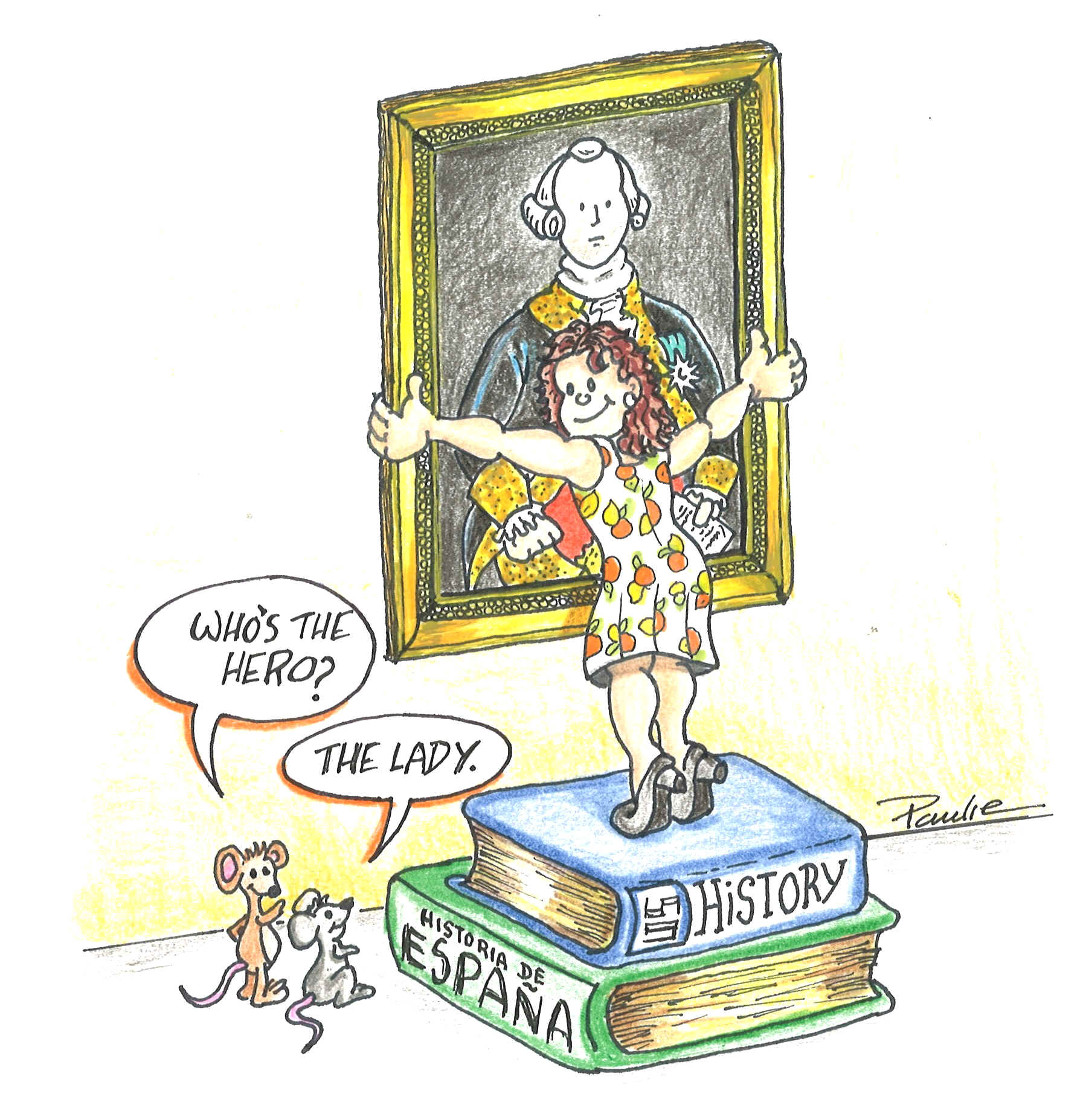
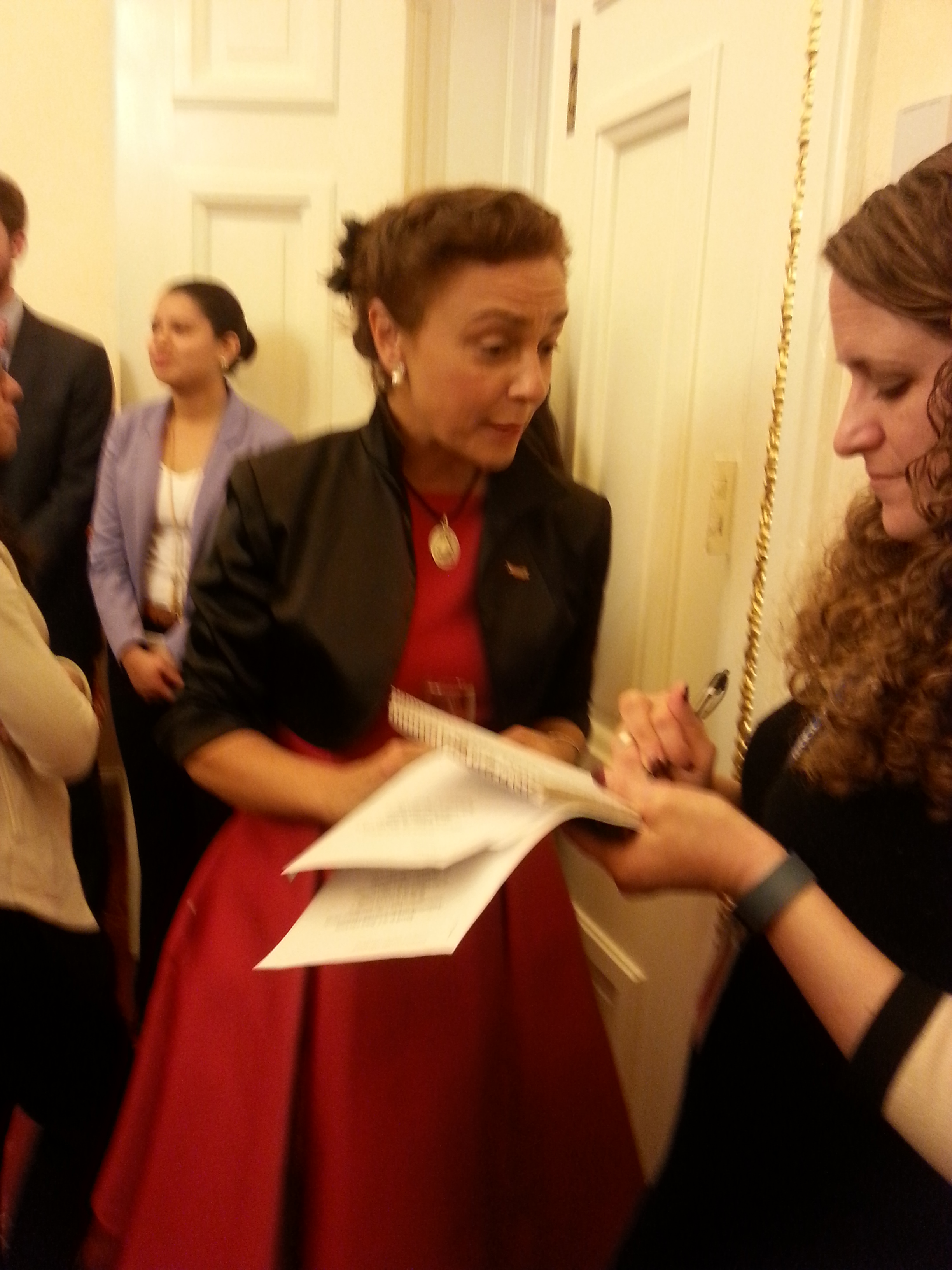
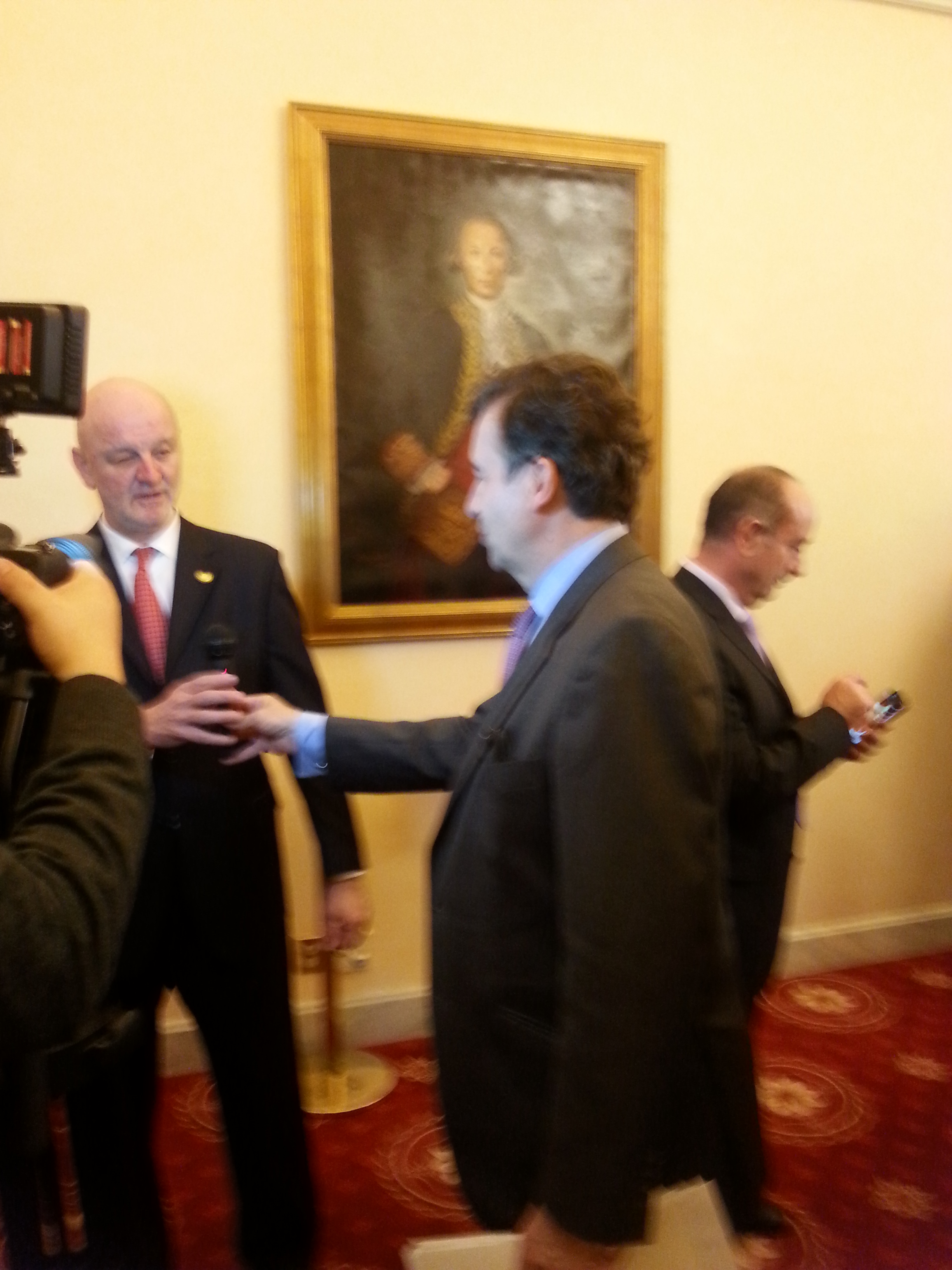
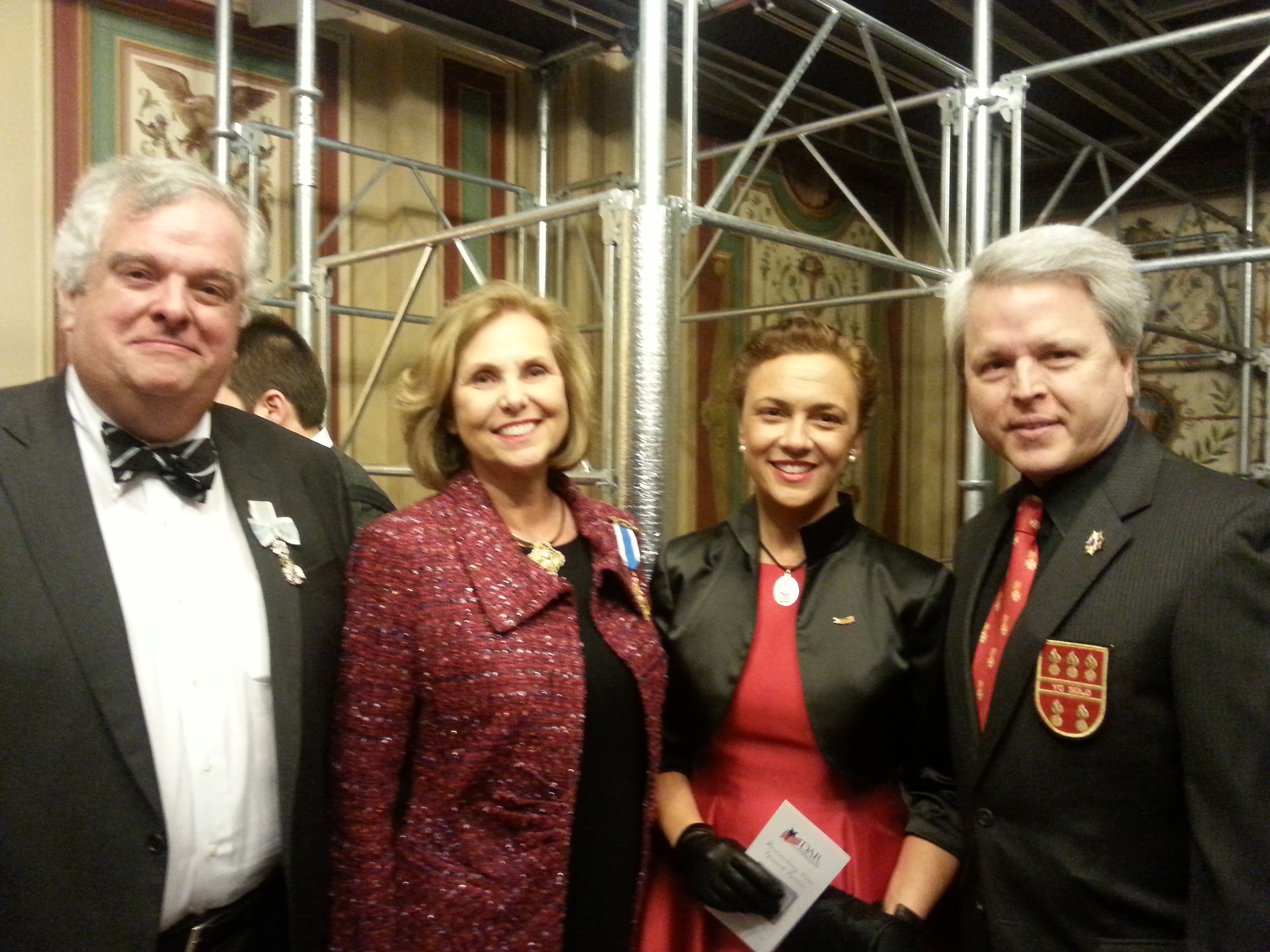 Also present were Joe Dooley, past president of the Sons of the American Revolution,
Lynn Forney Young, Pres. Gen of the Daughters of the American Revolution and Ross Perry, President General of the Order of Cincinnati, seen standing with Teresa Valcarce, the lady who convinced the Congress to hang the portrait.
They were very influential in
Also present were Joe Dooley, past president of the Sons of the American Revolution,
Lynn Forney Young, Pres. Gen of the Daughters of the American Revolution and Ross Perry, President General of the Order of Cincinnati, seen standing with Teresa Valcarce, the lady who convinced the Congress to hang the portrait.
They were very influential in
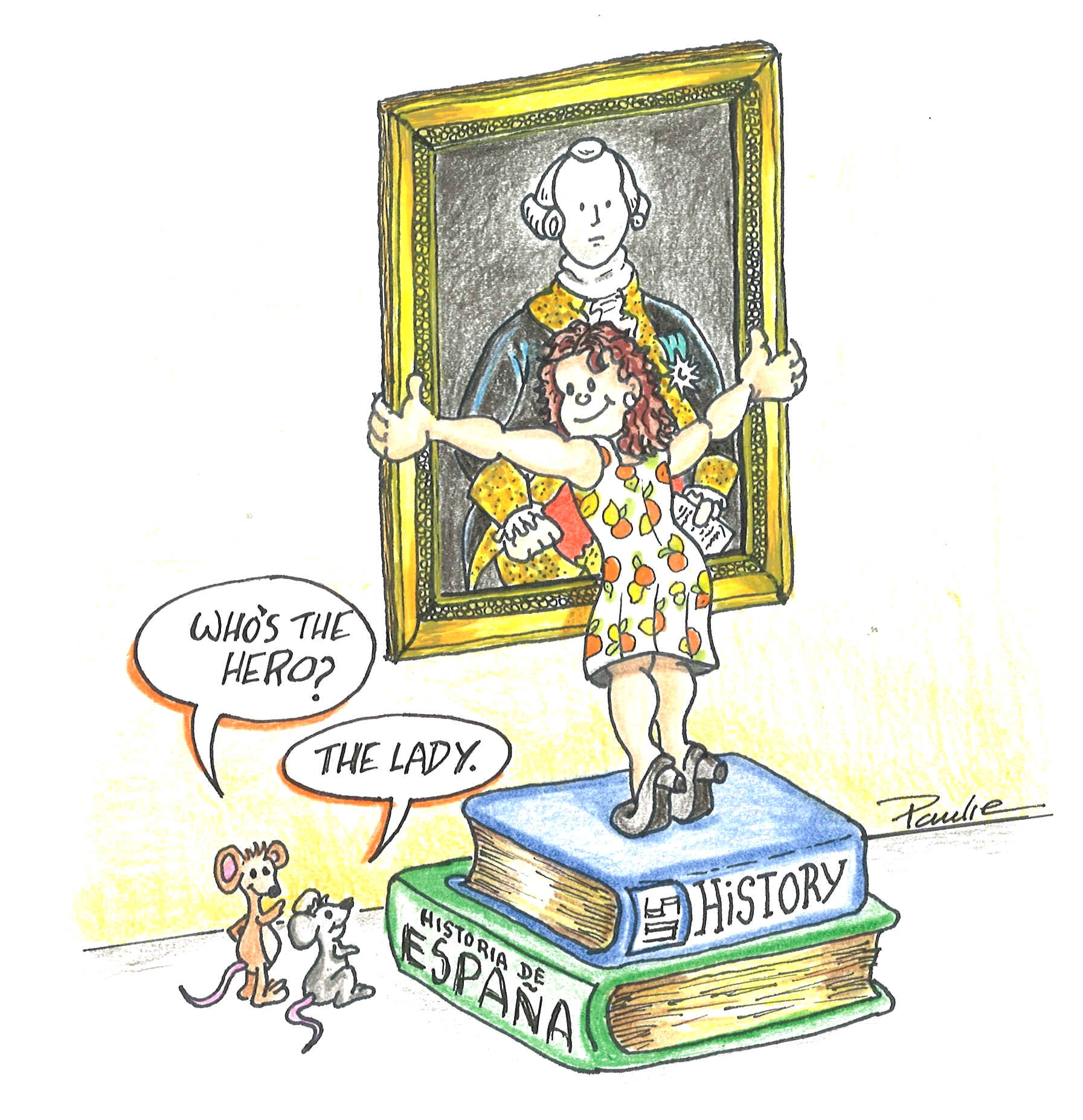
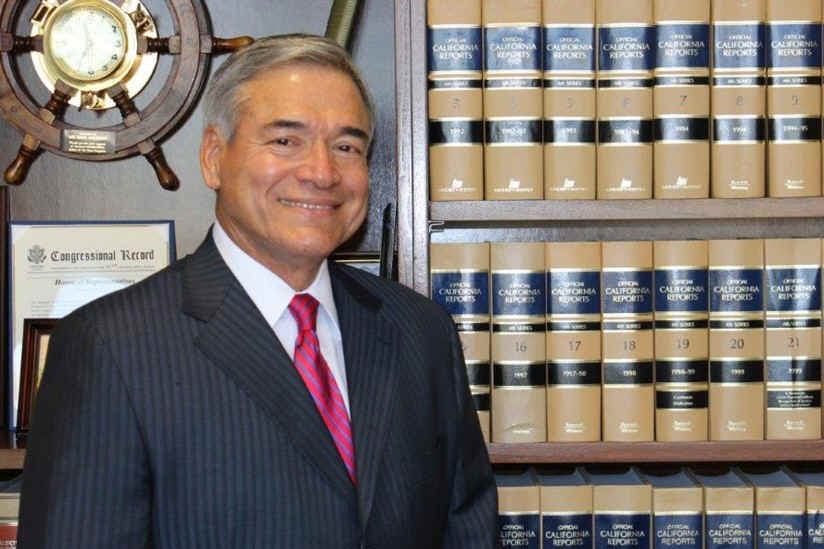
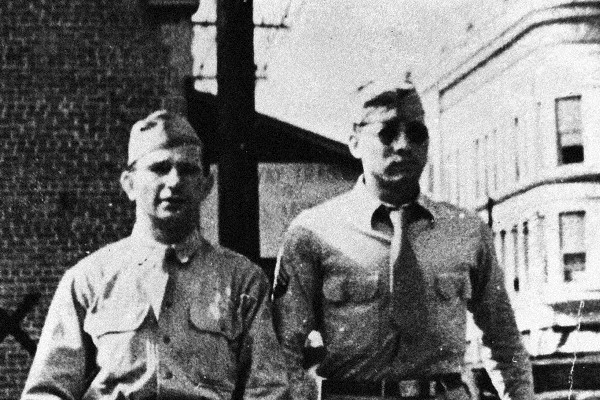

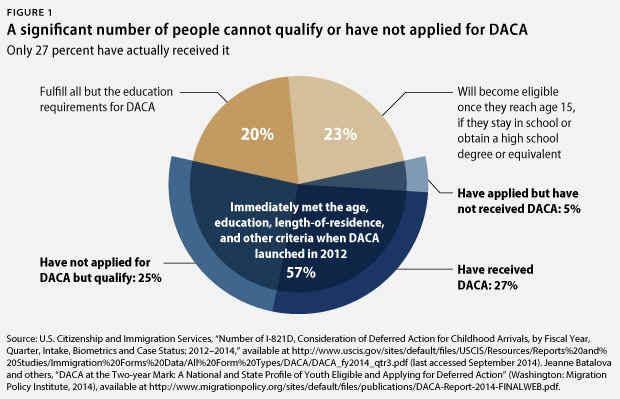
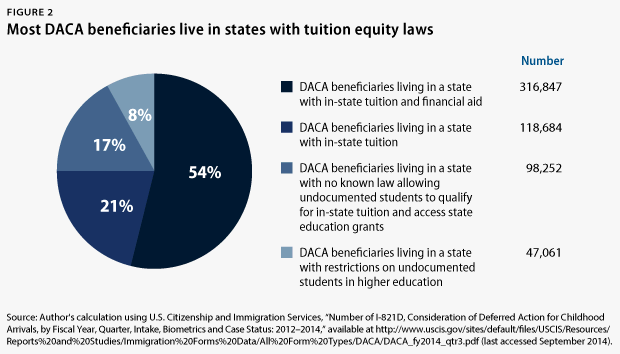
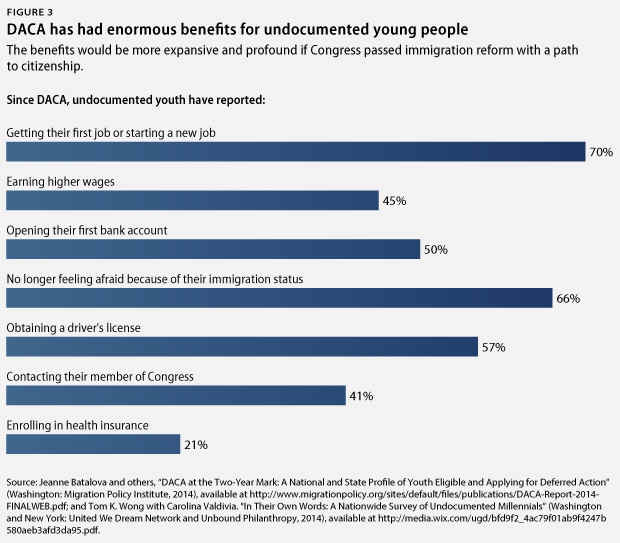
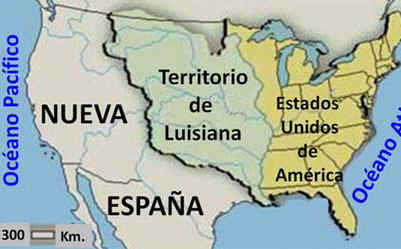

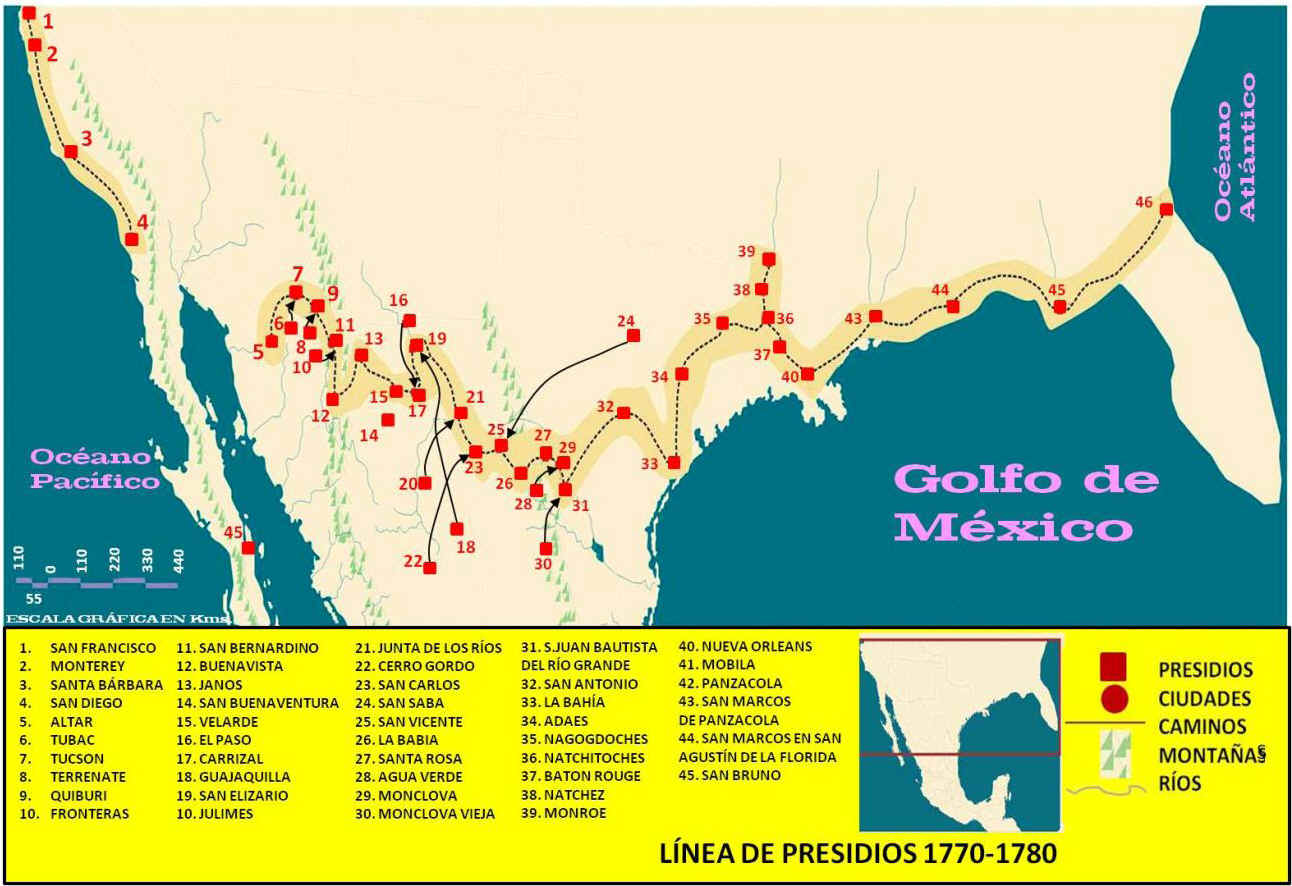
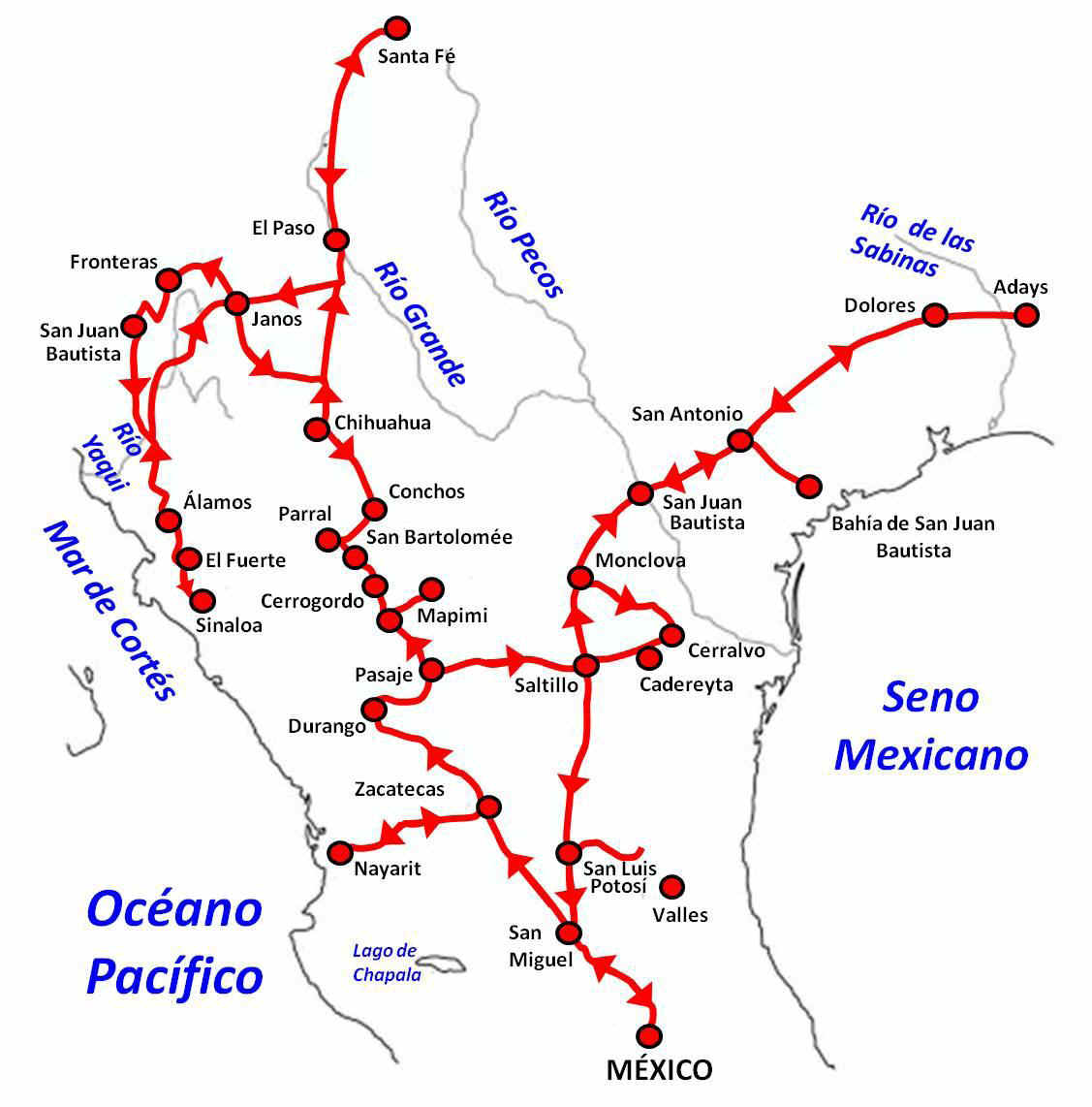
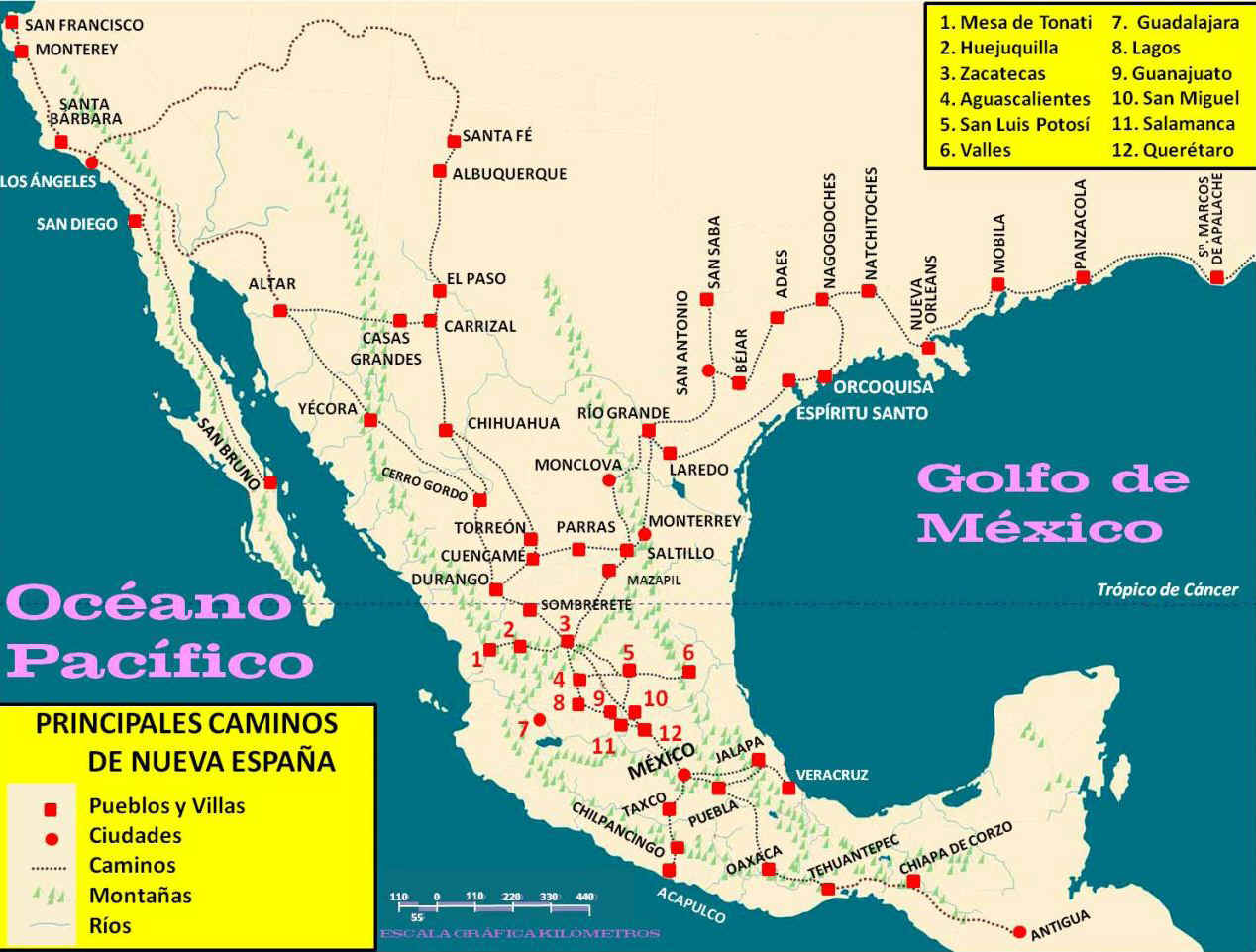
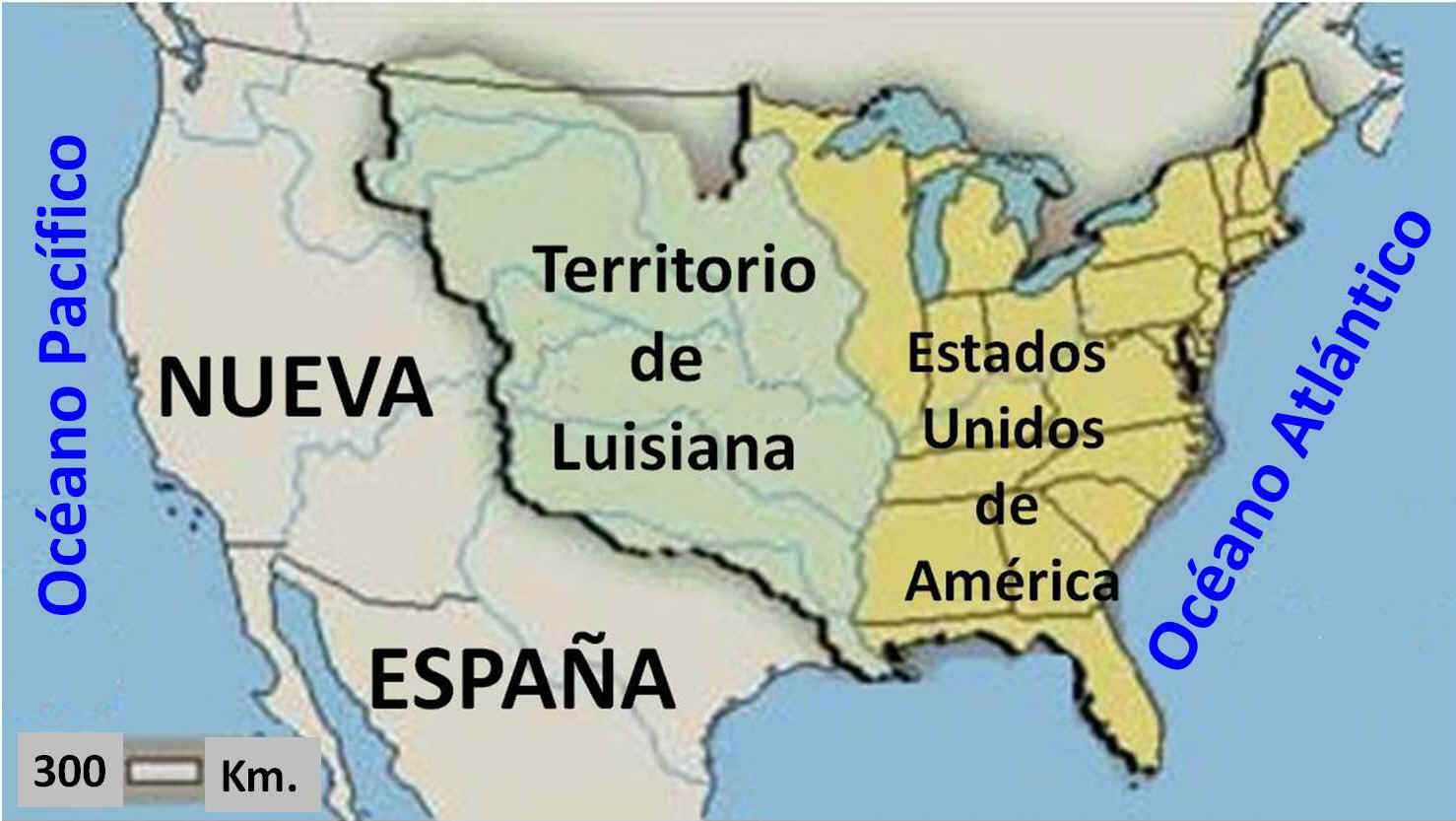
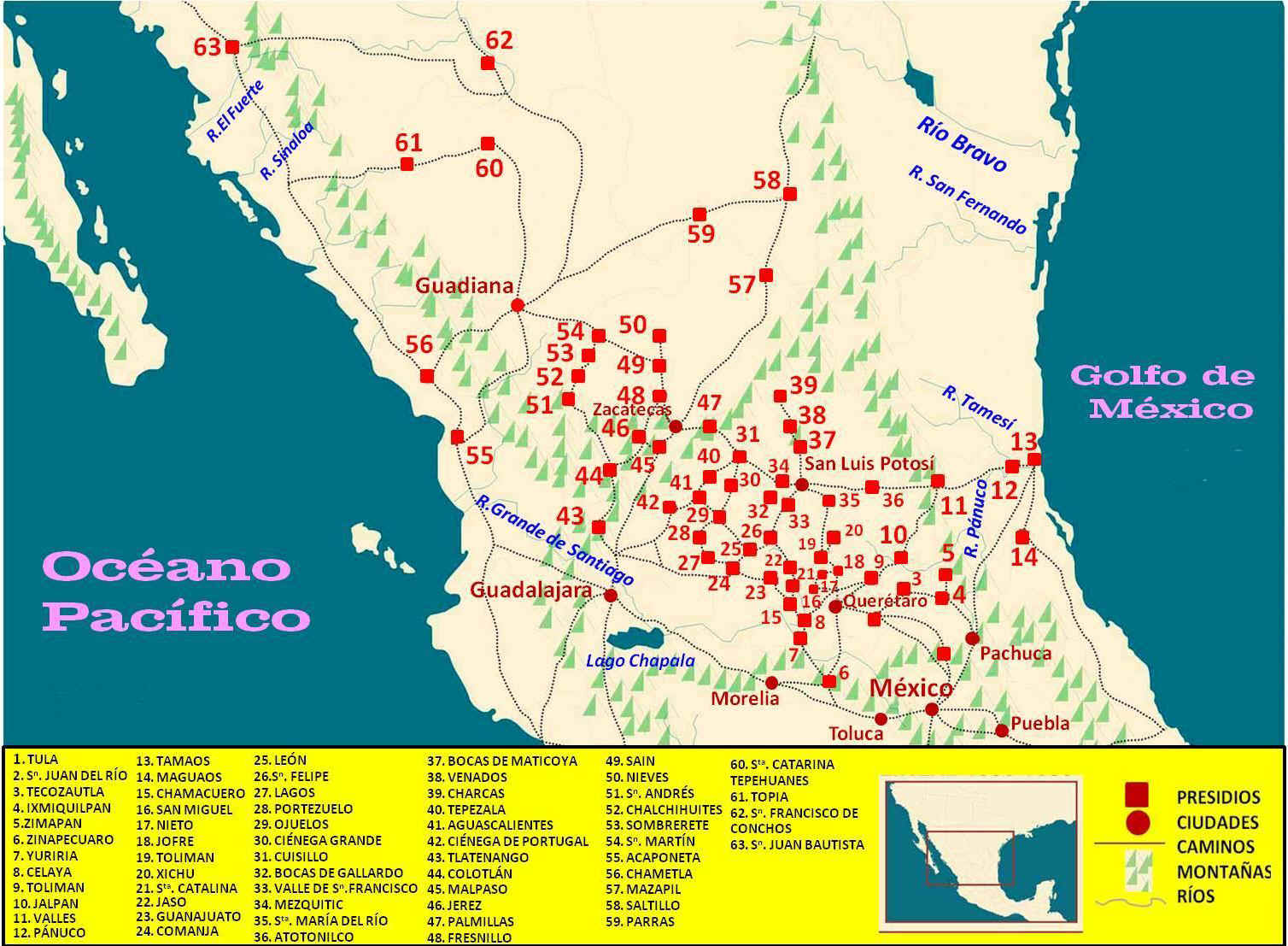

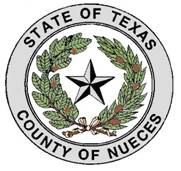

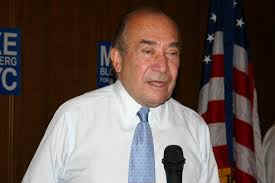
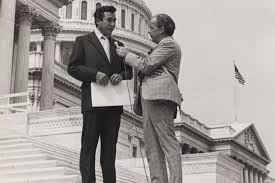
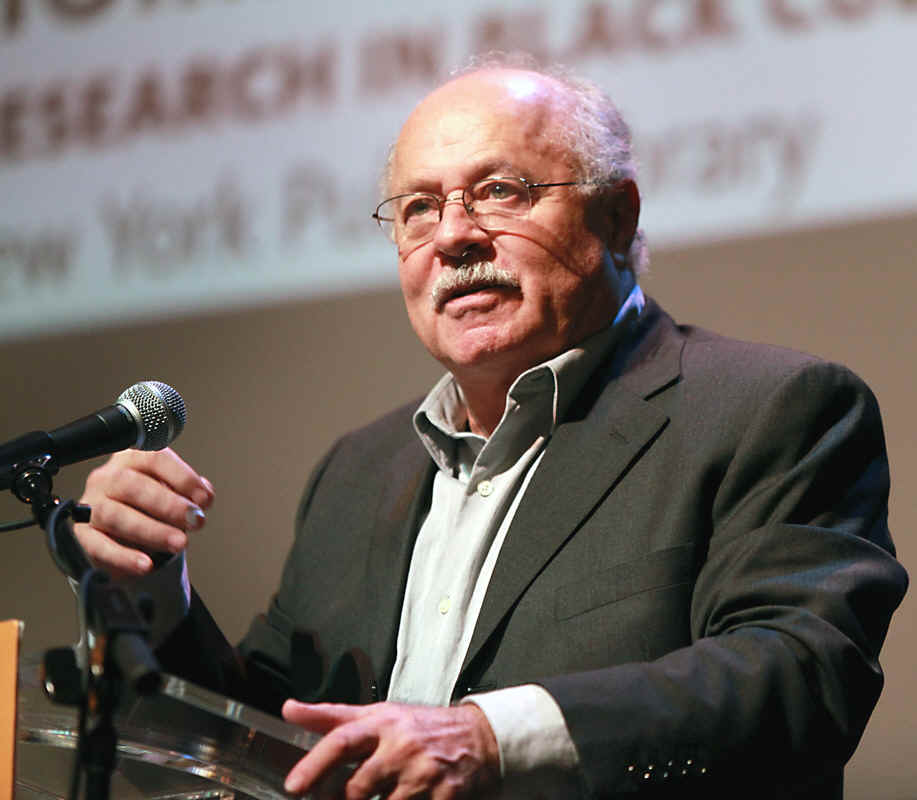
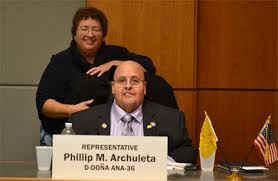

 Ellen Ochoa has a life story that highlights just how well second generation immigrants from Mexico are doing in America today! Her story should inspire us all, especially the children and grandchildren of immigrants from third world nations. Ellen Ochoas origins are humble, but she reached for and realized the American dream, becoming a PhD, an engineer, the worlds first female Hispanic astronaut, and now the director of one of NASAs premier facilities, the Johnson Space Center, also known as mission control.
Ellen Ochoa has a life story that highlights just how well second generation immigrants from Mexico are doing in America today! Her story should inspire us all, especially the children and grandchildren of immigrants from third world nations. Ellen Ochoas origins are humble, but she reached for and realized the American dream, becoming a PhD, an engineer, the worlds first female Hispanic astronaut, and now the director of one of NASAs premier facilities, the Johnson Space Center, also known as mission control.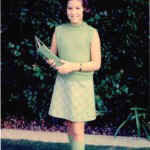 Ellen Ochoa as child:
Ellen Ochoa was born in 1958 in Los Angeles, one of five children of Joseph and Roseanne Ochoa. Joseph Ochoa was a retail store manager, and Roseanne Ochoa a homemaker. Ellen grew up mostly in La Mesa, California.
Ellen Ochoa as child:
Ellen Ochoa was born in 1958 in Los Angeles, one of five children of Joseph and Roseanne Ochoa. Joseph Ochoa was a retail store manager, and Roseanne Ochoa a homemaker. Ellen grew up mostly in La Mesa, California.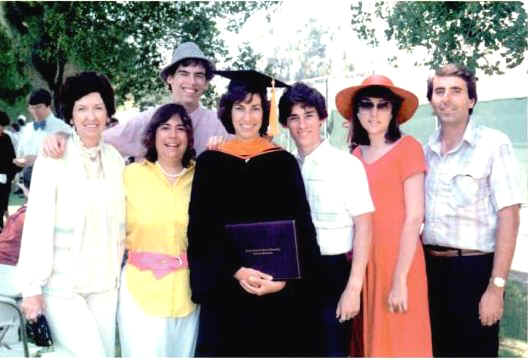
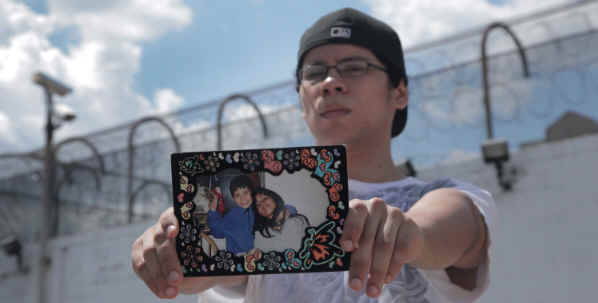
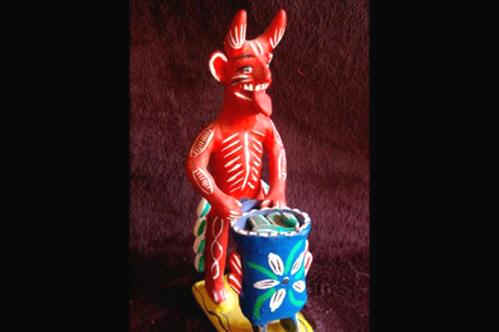
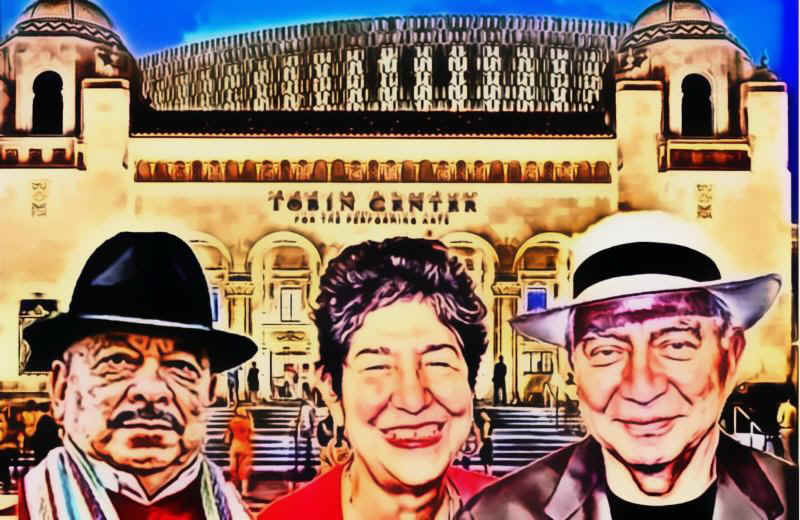 San Antonio has historically been recognized as a "gateway" metropolis where diverse cultures co-exist providing the city with a unique cosmopolitan ambiance.
San Antonio has historically been recognized as a "gateway" metropolis where diverse cultures co-exist providing the city with a unique cosmopolitan ambiance. 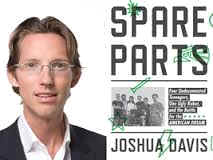 In 2004 an underdog team of four undocumented Mexican-American teenagers managed to win a major student underwater robotics competition, beating the likes of the Massachusetts Institute of Technology. The teamLorenzo
Santillian, Christian Arcega, Oscar Vazquez and Luis Arrandafrom Arizonas Carl Hayden Community High School had little funding and no experience in similar contests, but they won the Marine Advanced Technology Education Robotics Competition, sponsored in part by NASA and the Office of Naval Research. Their scrappy and self-admittedly ugly robot Stinky impressed the judges by locating underwater objects, collecting samples and measuring distances in the water better than its competitors.
In 2004 an underdog team of four undocumented Mexican-American teenagers managed to win a major student underwater robotics competition, beating the likes of the Massachusetts Institute of Technology. The teamLorenzo
Santillian, Christian Arcega, Oscar Vazquez and Luis Arrandafrom Arizonas Carl Hayden Community High School had little funding and no experience in similar contests, but they won the Marine Advanced Technology Education Robotics Competition, sponsored in part by NASA and the Office of Naval Research. Their scrappy and self-admittedly ugly robot Stinky impressed the judges by locating underwater objects, collecting samples and measuring distances in the water better than its competitors.

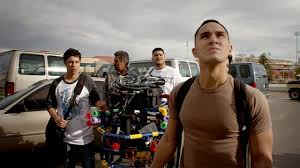
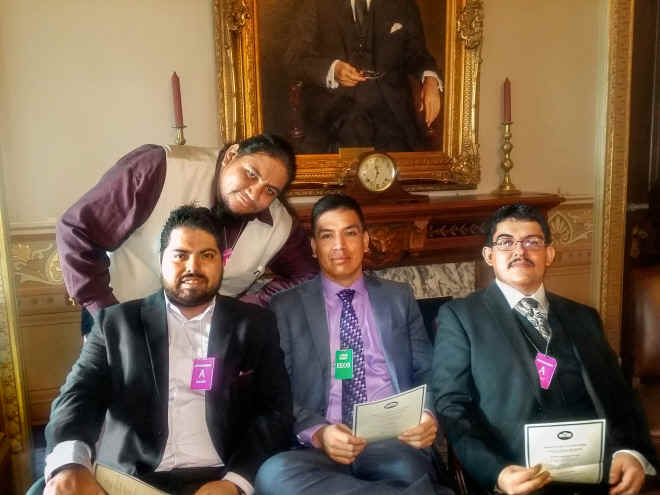

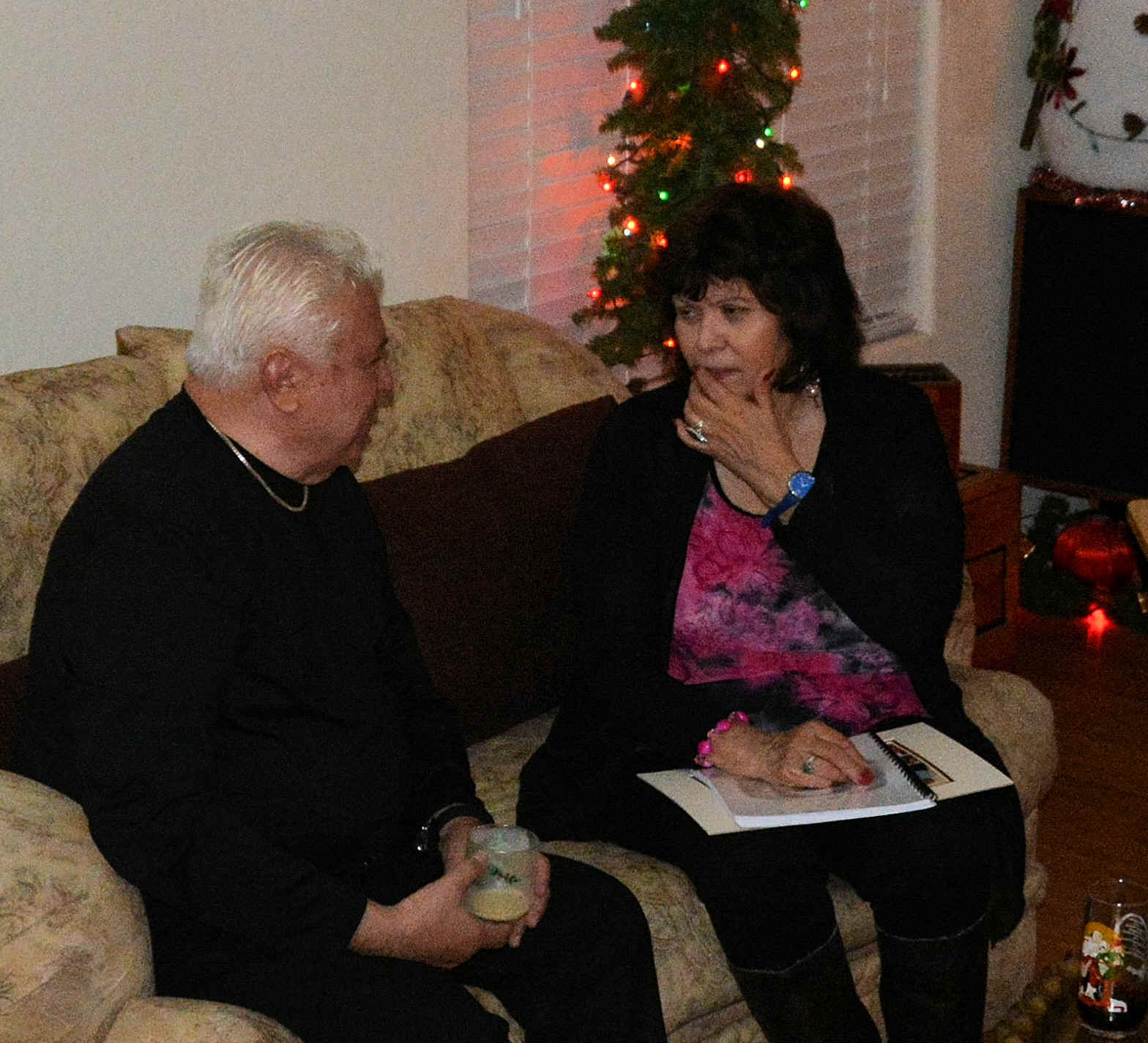

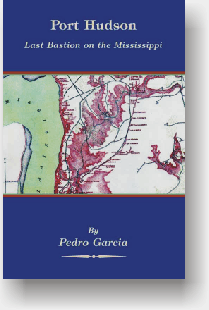
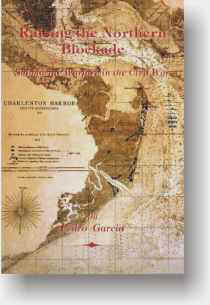
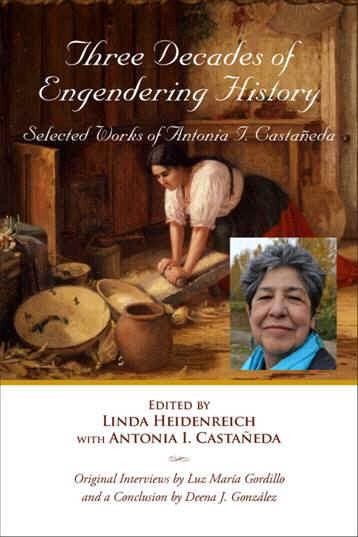
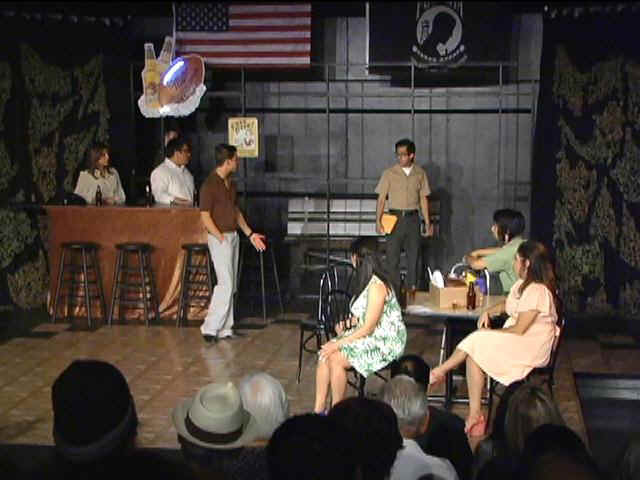
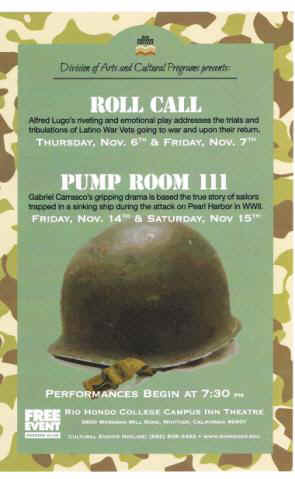
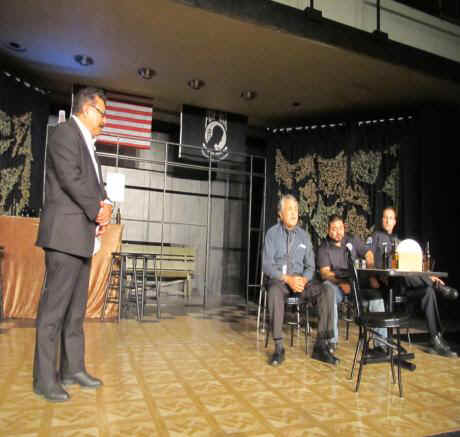
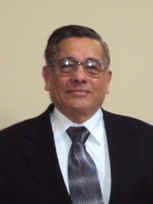
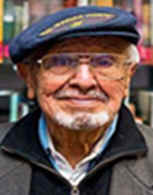
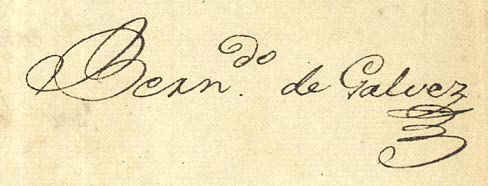
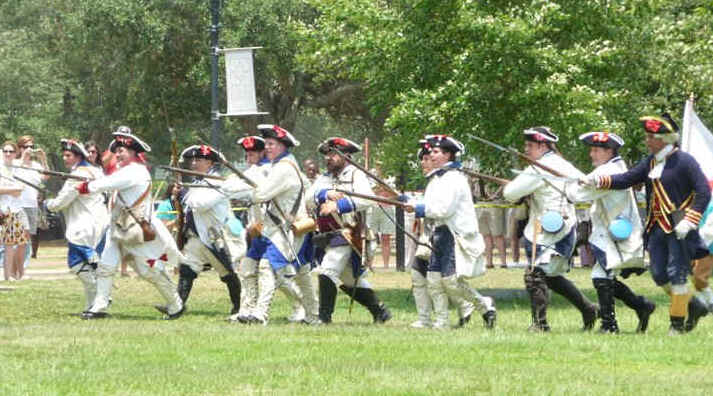
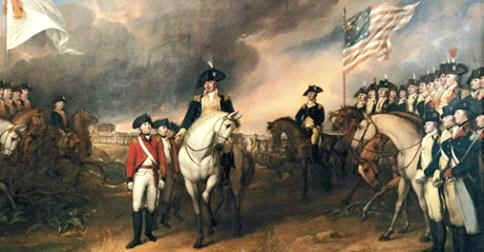
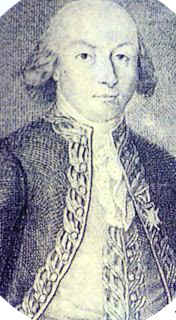 Bernardo started his military career at the tender age of sixteen when Spain was at war with Portugal. At nineteen, he came to the New World and fought against the Apache tribe in the northern part of New Spain, what is now Texas. At age twenty five, he survived an attack that left him with an arrow wound in his arm and a chest wound from an Apache lance. In 1772, having fought bravely in the New World, he returned to Spain. Already a hardened veteran at age twenty six, Bernardo sought to better himself as a military leader by enrolling in the Regiment of Cantabria, an admired military organization in France. While there for three years, he learned to speak French, which would be a factor later in his life. At twenty nine, he was wounded in battle, assigned to the Military School of Avila and promoted to Lieutenant Colonel. At thirty, he was sent again to the New World as Colonel of the Louisiana Regiment in a Spanish province formerly settled by the French and populated with many French speaking citizens. A few months after his arrival, he was instructed to serve as Acting Governor of the province, duties that he assumed on January 1, 1777.
Bernardo started his military career at the tender age of sixteen when Spain was at war with Portugal. At nineteen, he came to the New World and fought against the Apache tribe in the northern part of New Spain, what is now Texas. At age twenty five, he survived an attack that left him with an arrow wound in his arm and a chest wound from an Apache lance. In 1772, having fought bravely in the New World, he returned to Spain. Already a hardened veteran at age twenty six, Bernardo sought to better himself as a military leader by enrolling in the Regiment of Cantabria, an admired military organization in France. While there for three years, he learned to speak French, which would be a factor later in his life. At twenty nine, he was wounded in battle, assigned to the Military School of Avila and promoted to Lieutenant Colonel. At thirty, he was sent again to the New World as Colonel of the Louisiana Regiment in a Spanish province formerly settled by the French and populated with many French speaking citizens. A few months after his arrival, he was instructed to serve as Acting Governor of the province, duties that he assumed on January 1, 1777. 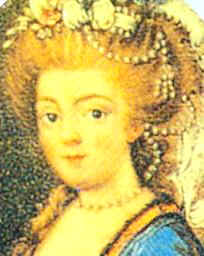 Marie Felicite was born into French aristocracy to one of the wealthiest families in Louisiana. Her father was Gilbert Antoine de St. Maxent and her mother was Elizabeth la Roche. At age fifteen, she married Jean Baptiste Honoré dEstrehan and had a daughter named Adelaide. The untimely death of her husband left her a widowed mother at age seventeen. Marie Felicite has been described as a sophisticated woman possessing intelligence, charm and quite the conversationalist. Bernardo de Gálvez was smitten.
Marie Felicite was born into French aristocracy to one of the wealthiest families in Louisiana. Her father was Gilbert Antoine de St. Maxent and her mother was Elizabeth la Roche. At age fifteen, she married Jean Baptiste Honoré dEstrehan and had a daughter named Adelaide. The untimely death of her husband left her a widowed mother at age seventeen. Marie Felicite has been described as a sophisticated woman possessing intelligence, charm and quite the conversationalist. Bernardo de Gálvez was smitten. 


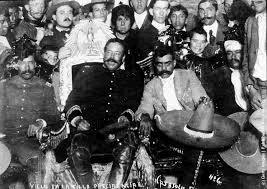 I did not know about my roots until I traveled to Monterey, NL, Mexico to find out about my history.
My mother died in Sept. 9, 2009. I had to go to her birth place to find
out .
I did not know about my roots until I traveled to Monterey, NL, Mexico to find out about my history.
My mother died in Sept. 9, 2009. I had to go to her birth place to find
out . 
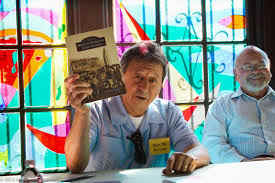

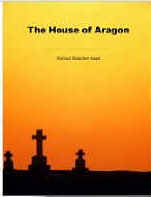

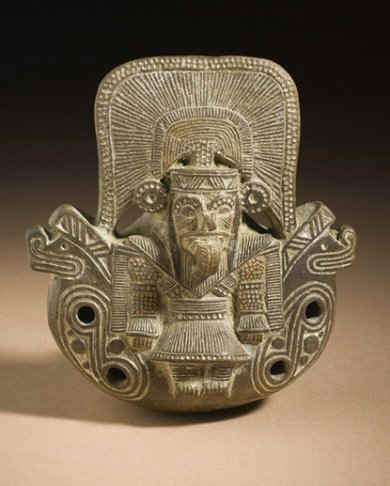
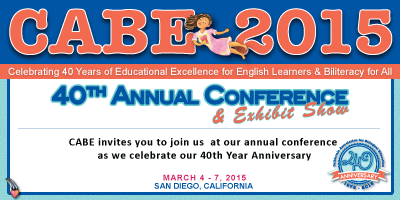

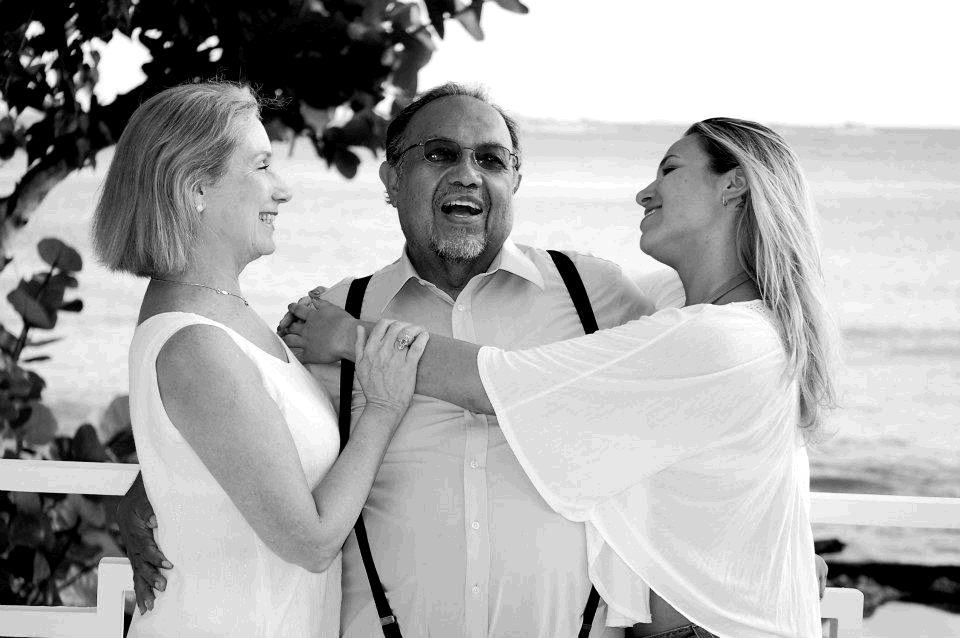
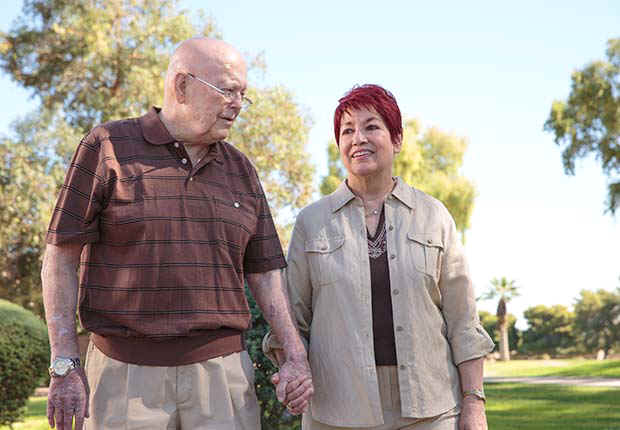
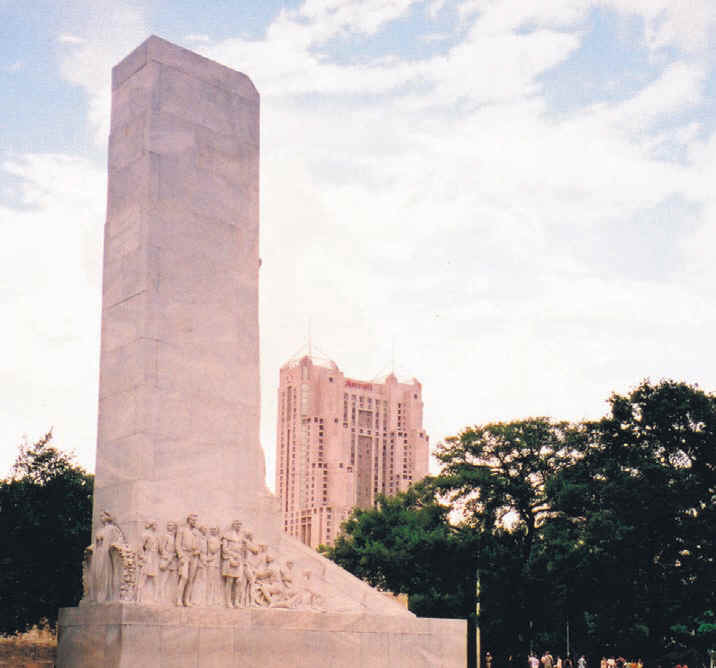
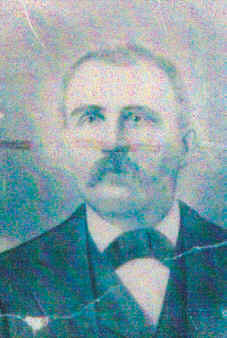 In
1998, after many years of campaigning by Dorothy and Rueben, the Texas
Historical Commission designated the grave of their great grandfather,
a Site of Historic Interest. When Lanzarote descendent Alejo E.
Perez passed away in 1918 he was the last known survivor of the Battle
of the Alamo.
In
1998, after many years of campaigning by Dorothy and Rueben, the Texas
Historical Commission designated the grave of their great grandfather,
a Site of Historic Interest. When Lanzarote descendent Alejo E.
Perez passed away in 1918 he was the last known survivor of the Battle
of the Alamo.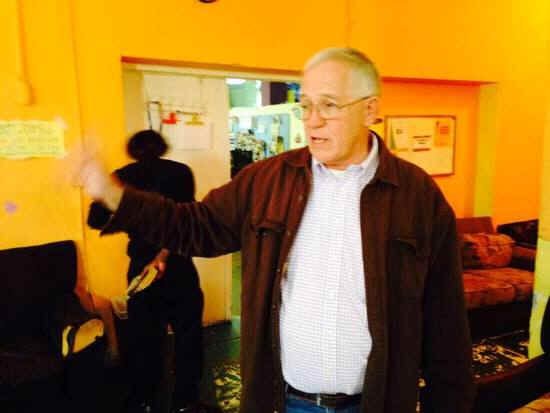
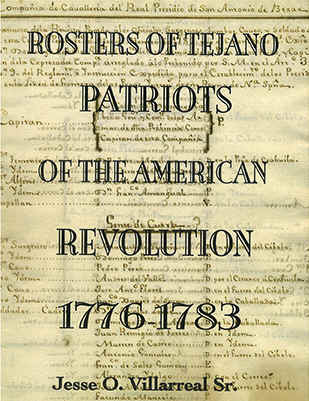
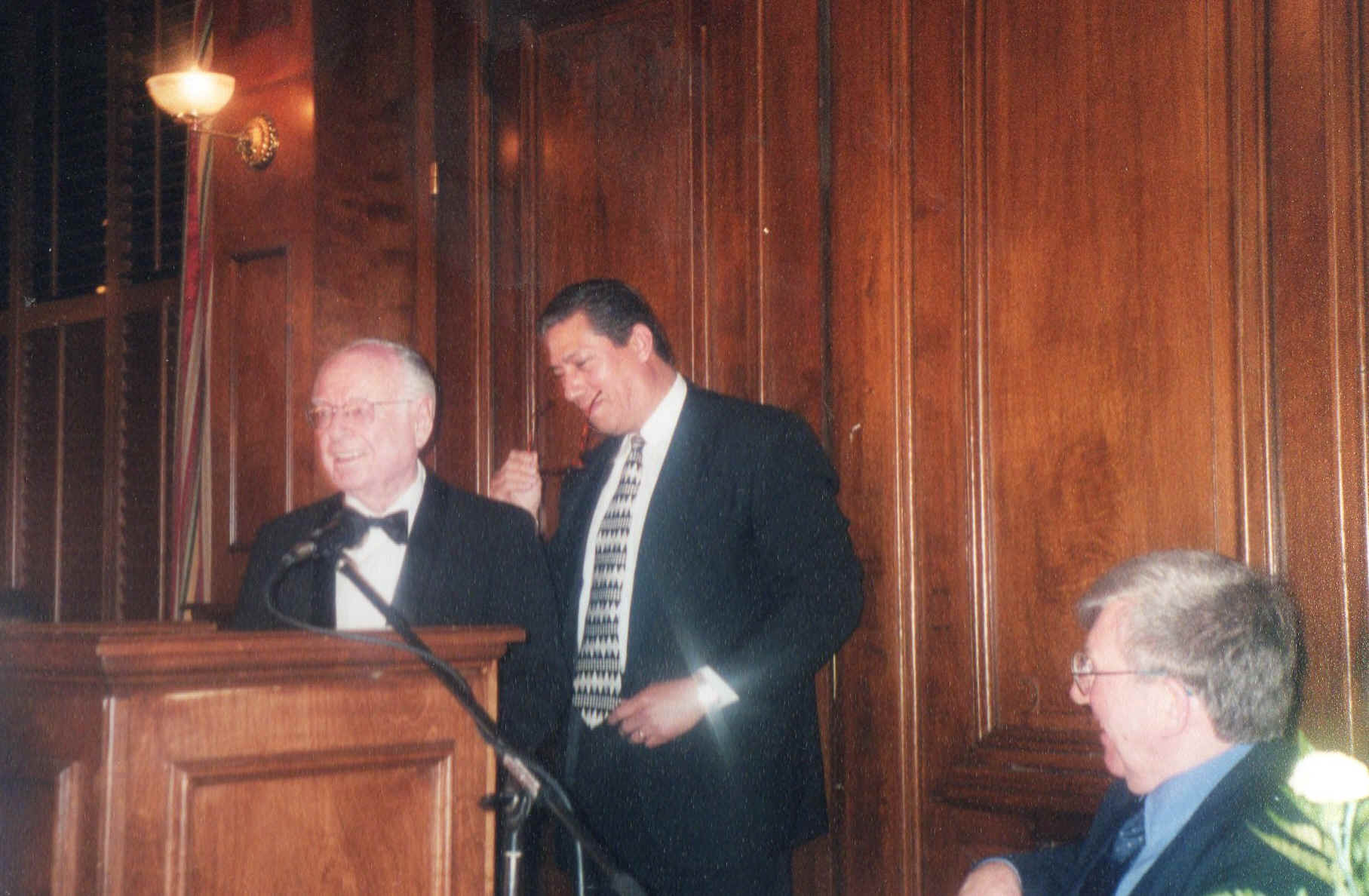
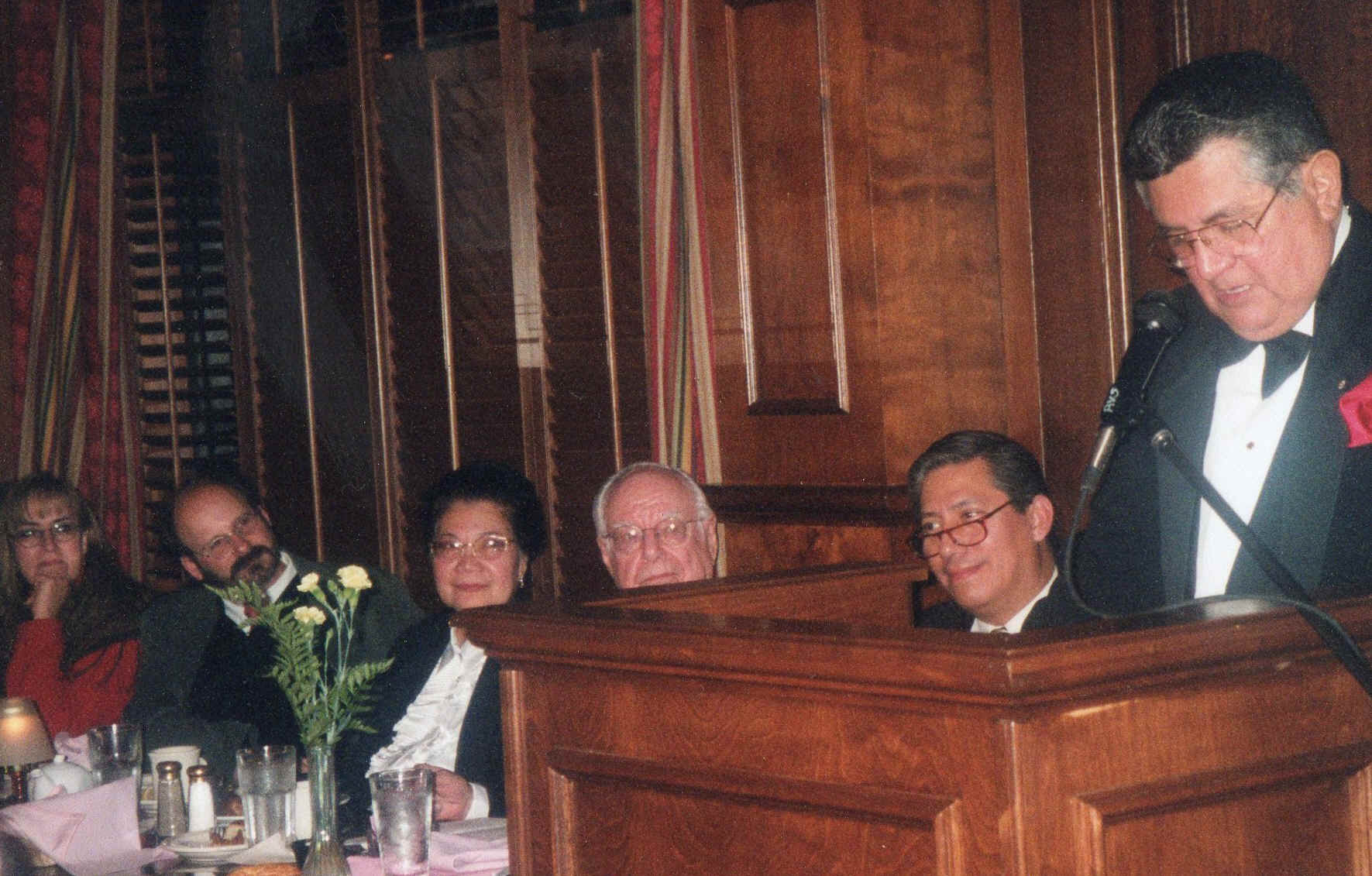
 One of our destinations was beautiful Heritage Park. Talk about stepping into the past. We walked past many houses. I knew many of the descendants of the builders of these homes, such as the
Grossmans, Lichtensteins, the Galvans and others. The house that called out to me was the Galvan Home because I have a history with this house. Originally the house was located on the bluff overlooking the water. My parents were friends of the Lozano, Galvan and Guzman clans. These families helped my father, Dr. Hector Garcia get established as a physician when he first arrived. They were frequent guests at our house and we at their homes. Because of their friendship, I was invited to the birthday parties of Lupita Galvan in the Galvan home. My mother would drive us and I would run to the front of the yellow house.
One of our destinations was beautiful Heritage Park. Talk about stepping into the past. We walked past many houses. I knew many of the descendants of the builders of these homes, such as the
Grossmans, Lichtensteins, the Galvans and others. The house that called out to me was the Galvan Home because I have a history with this house. Originally the house was located on the bluff overlooking the water. My parents were friends of the Lozano, Galvan and Guzman clans. These families helped my father, Dr. Hector Garcia get established as a physician when he first arrived. They were frequent guests at our house and we at their homes. Because of their friendship, I was invited to the birthday parties of Lupita Galvan in the Galvan home. My mother would drive us and I would run to the front of the yellow house. 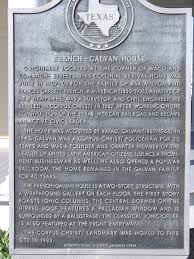

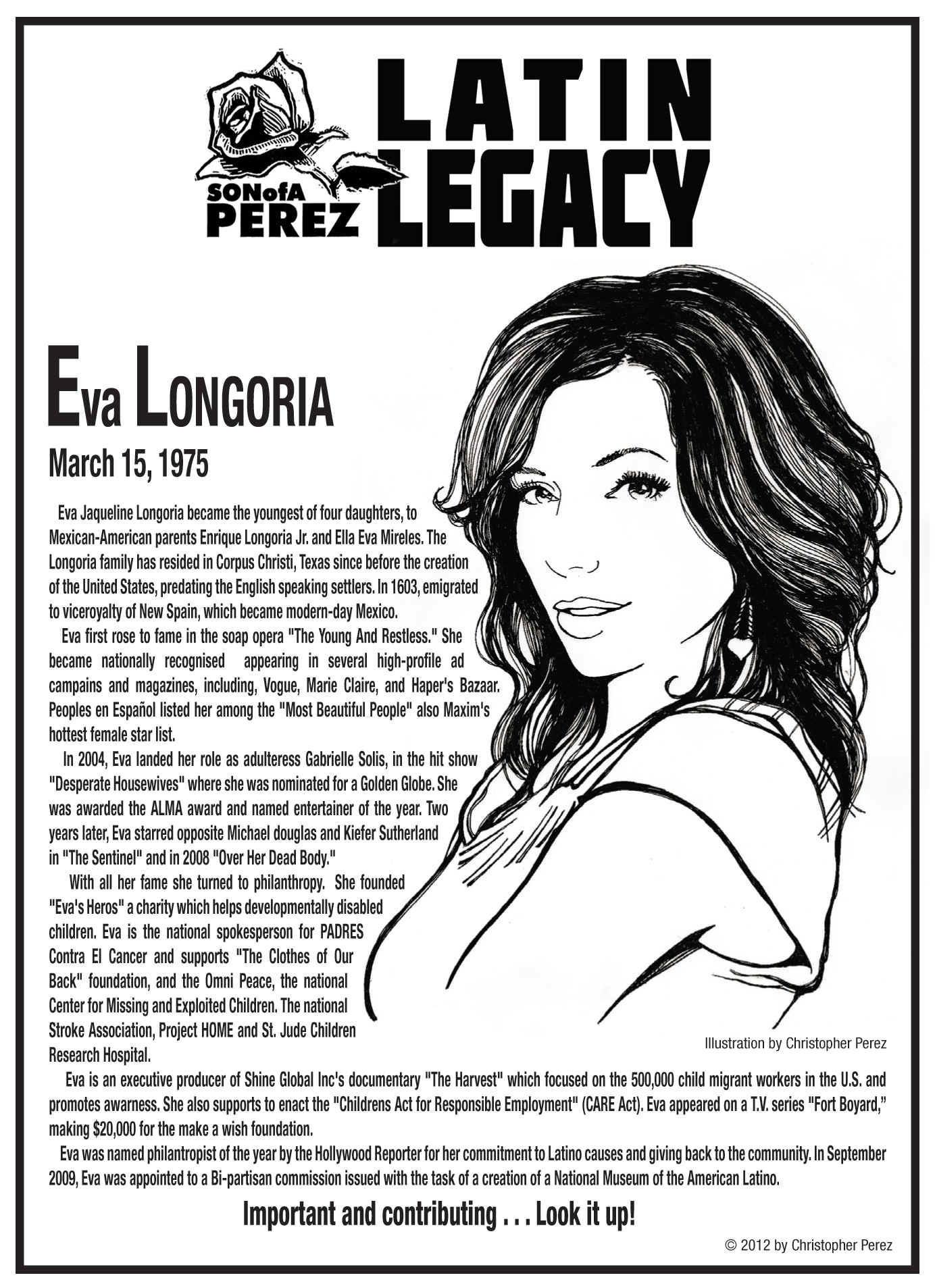

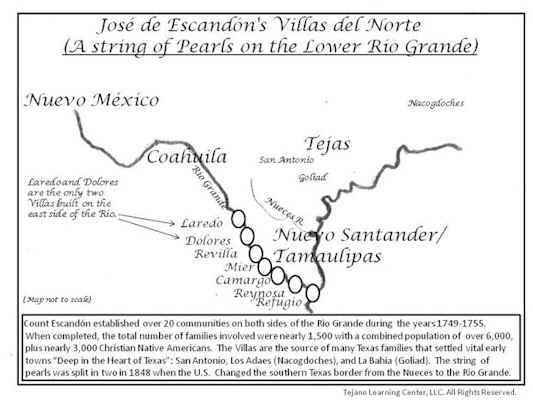 SAN ANTONIO, December 7 - This past November 24th, UTPA (UTRGV) unveiled on its campus a statue honoring Count José de Escandón y Helguera.
SAN ANTONIO, December 7 - This past November 24th, UTPA (UTRGV) unveiled on its campus a statue honoring Count José de Escandón y Helguera.  José Joe Antonio López was born and raised in Laredo, Texas,
and is a USAF Veteran. He now lives in Universal City, Texas. He
is the author of three books: The Last Knight (Don Bernardo Gutierrez de Lara Uribe, A Texas Hero), Nights of Wailing, Days of Pain (Life in 1920s South Texas). and, The First Texas Independence, 1813. Lopez is also the founder of the Tejano Learning Center, LLC, and www.tejanosunidos.org, a Web site dedicated to Spanish Mexican people and events in U.S. history that are mostly overlooked in mainstream history books
José Joe Antonio López was born and raised in Laredo, Texas,
and is a USAF Veteran. He now lives in Universal City, Texas. He
is the author of three books: The Last Knight (Don Bernardo Gutierrez de Lara Uribe, A Texas Hero), Nights of Wailing, Days of Pain (Life in 1920s South Texas). and, The First Texas Independence, 1813. Lopez is also the founder of the Tejano Learning Center, LLC, and www.tejanosunidos.org, a Web site dedicated to Spanish Mexican people and events in U.S. history that are mostly overlooked in mainstream history books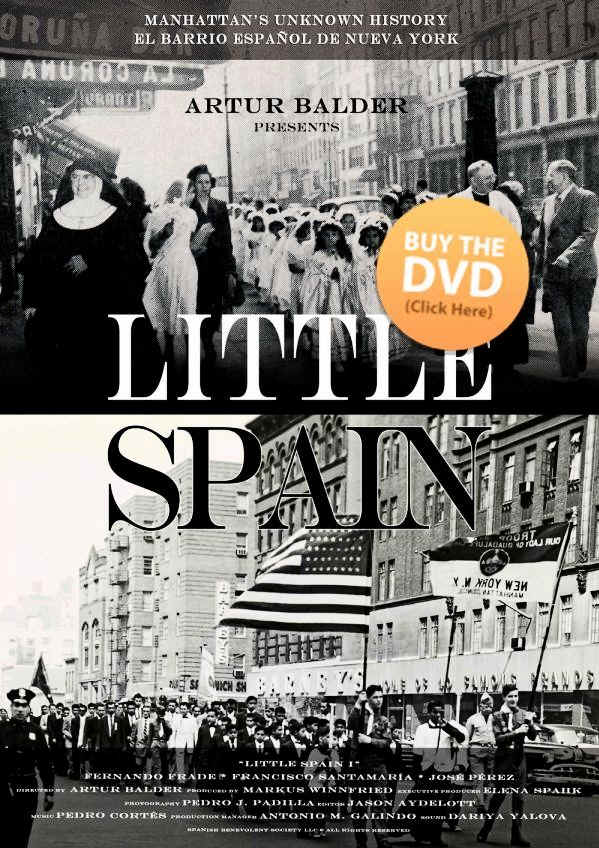
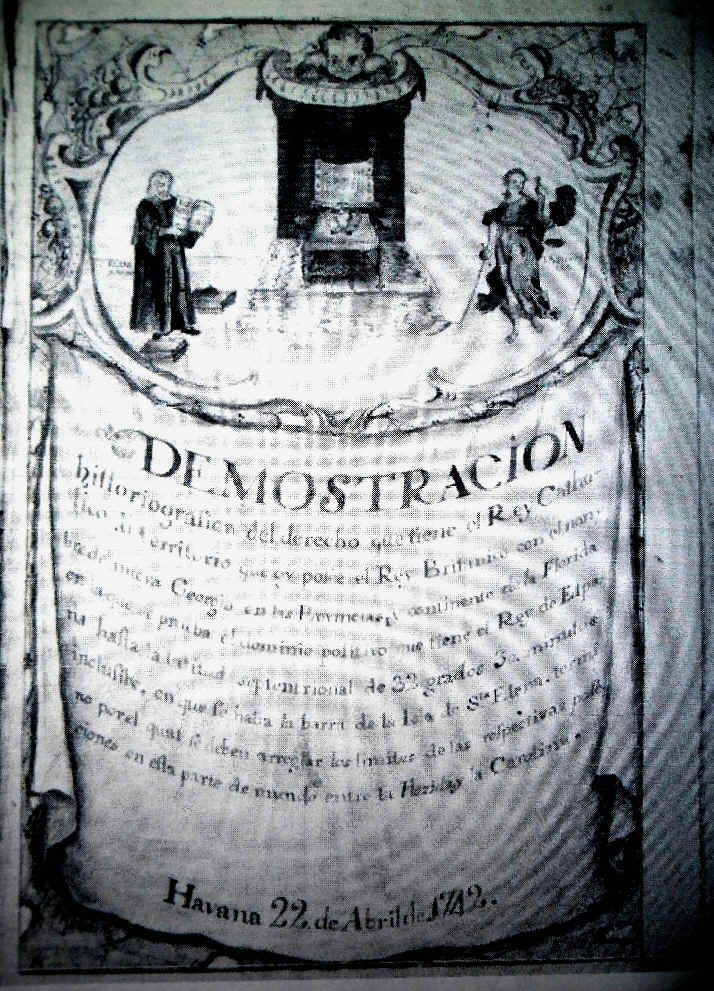
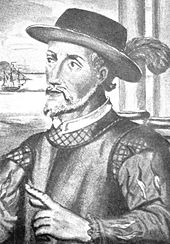 " Es un hecho consumado que Juan Ponze de Leon, haviendo armado de su cuenta tres
navios, en el Puerto de Sn. German de la Ysla de Borriquen, y Puerto Rico en donde havia ser de Gobernador se hizo a la vela el 3 de Marzo de el año de 1512, y el 27 día de Pasqua de Resurreccion avistando la tierra a quien puso el nombre de Florida en que por haverse descubierto el Día de Pasqua Florida "etc.....( son tres cuartillas ).
" Es un hecho consumado que Juan Ponze de Leon, haviendo armado de su cuenta tres
navios, en el Puerto de Sn. German de la Ysla de Borriquen, y Puerto Rico en donde havia ser de Gobernador se hizo a la vela el 3 de Marzo de el año de 1512, y el 27 día de Pasqua de Resurreccion avistando la tierra a quien puso el nombre de Florida en que por haverse descubierto el Día de Pasqua Florida "etc.....( son tres cuartillas ).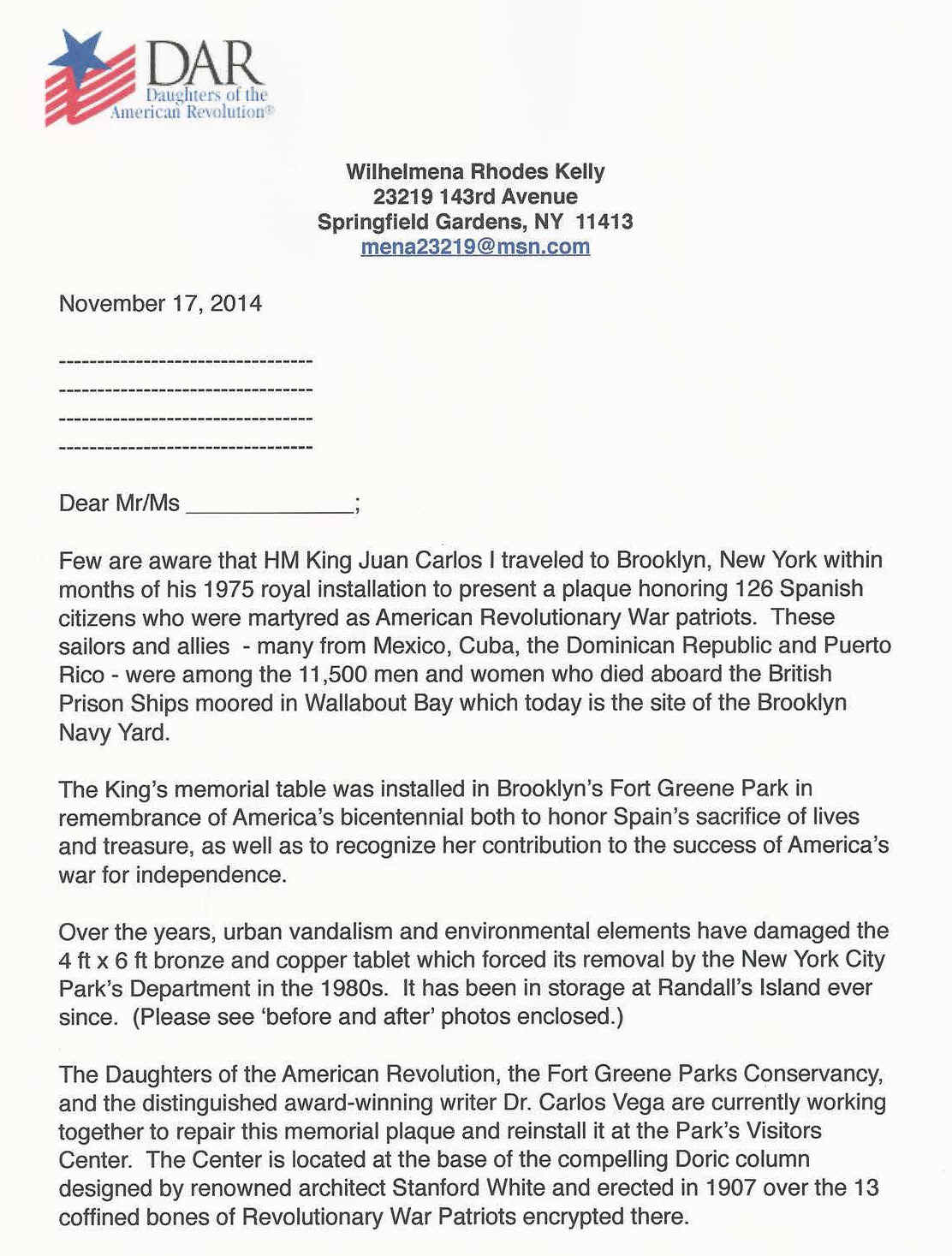
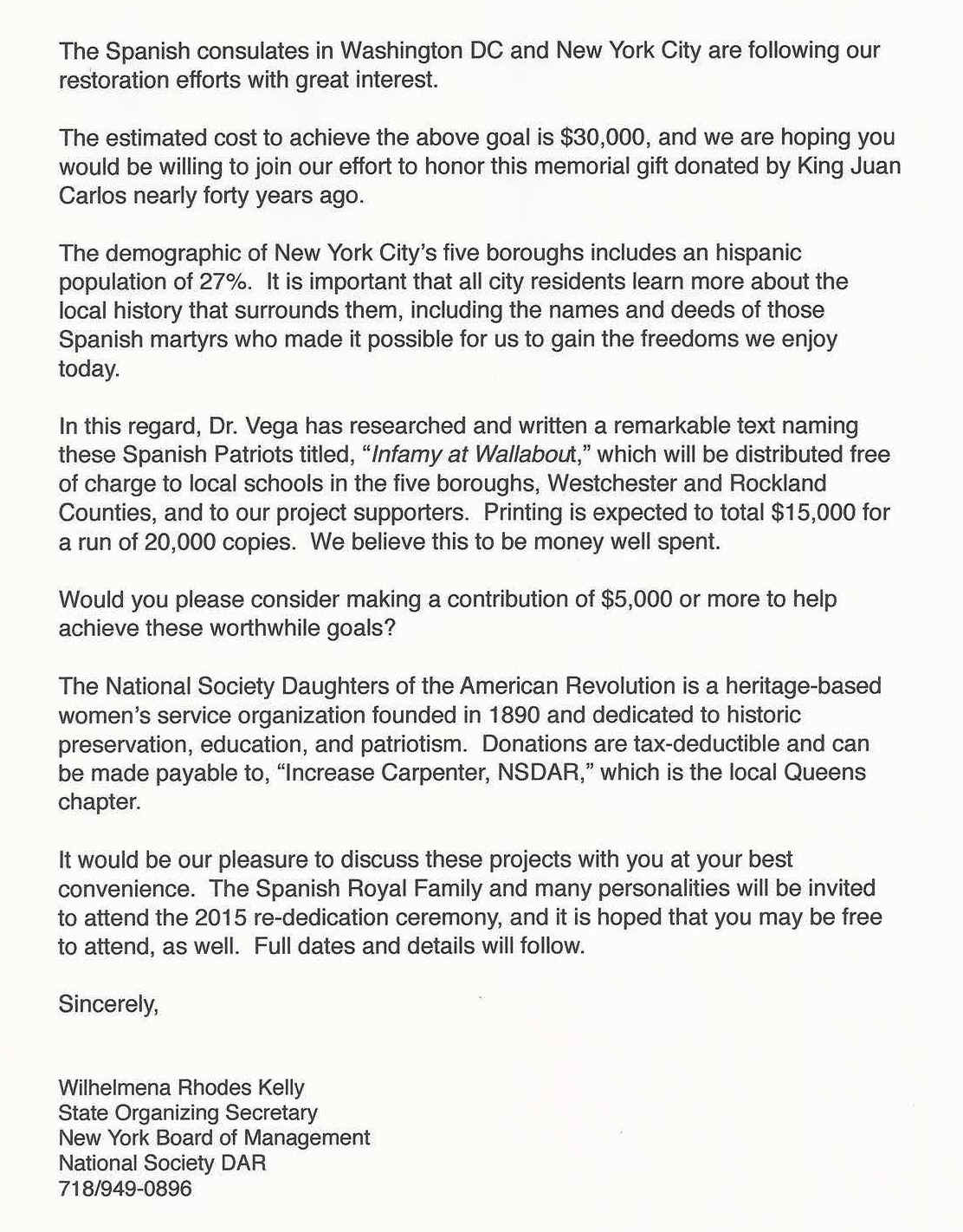

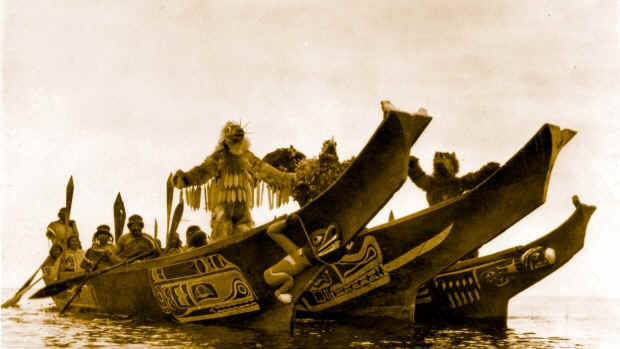
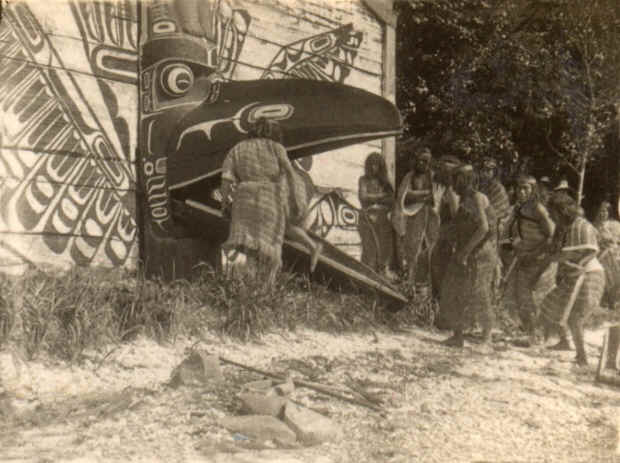
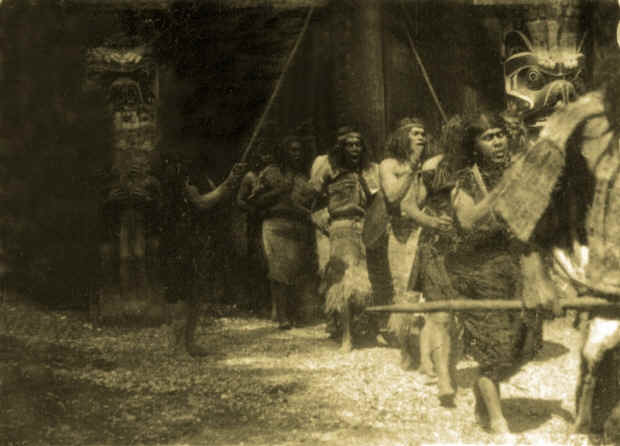

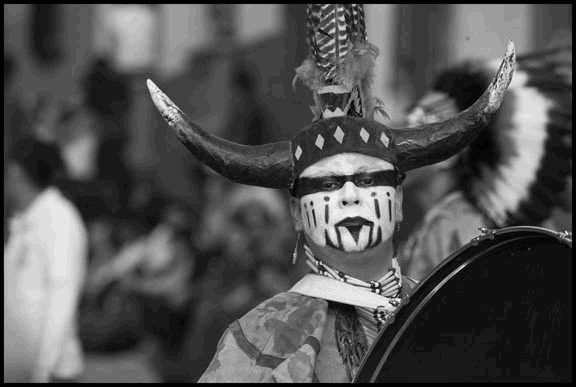
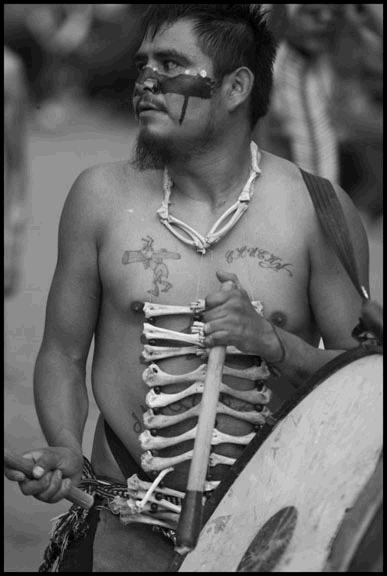

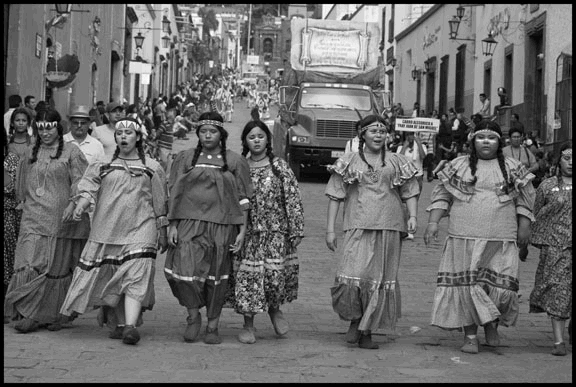
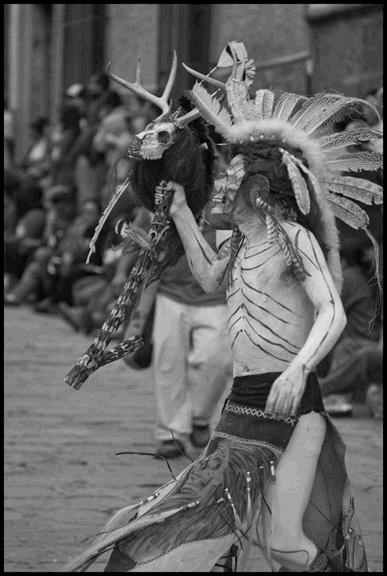
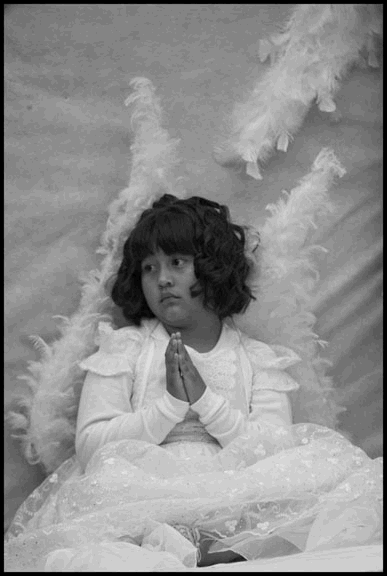
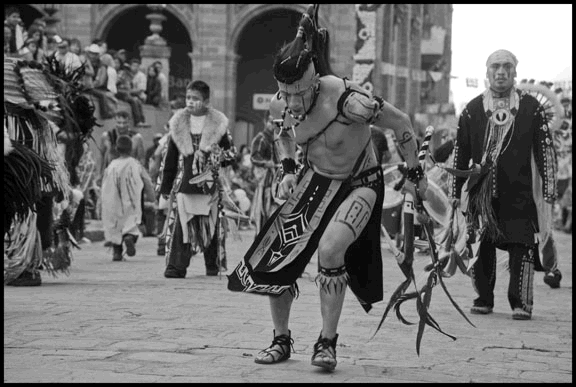
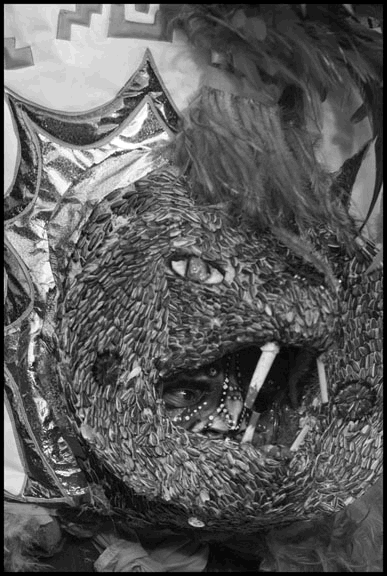
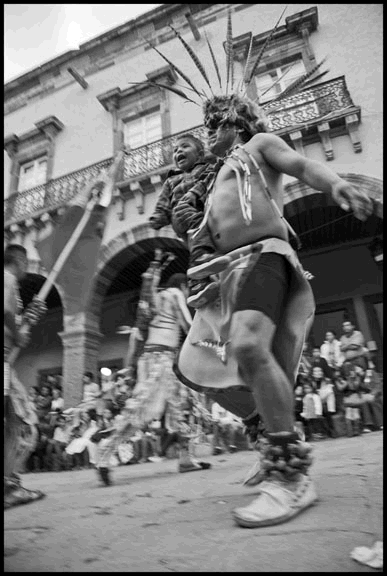
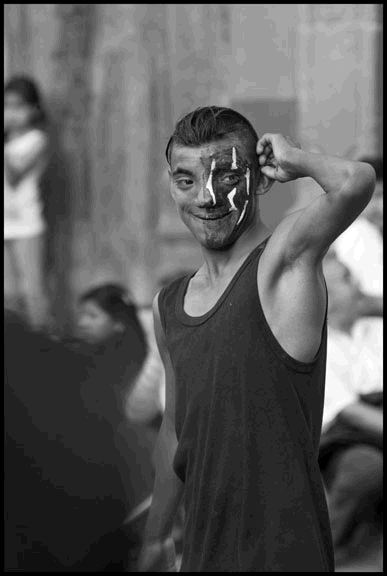
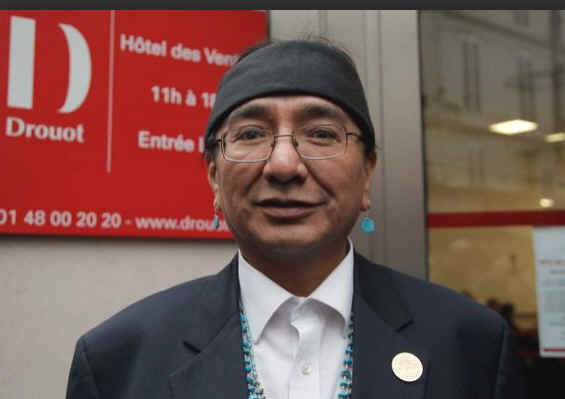
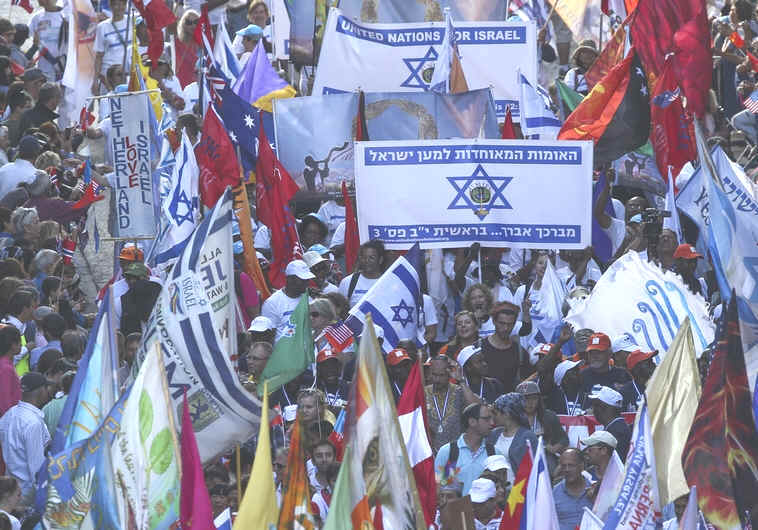
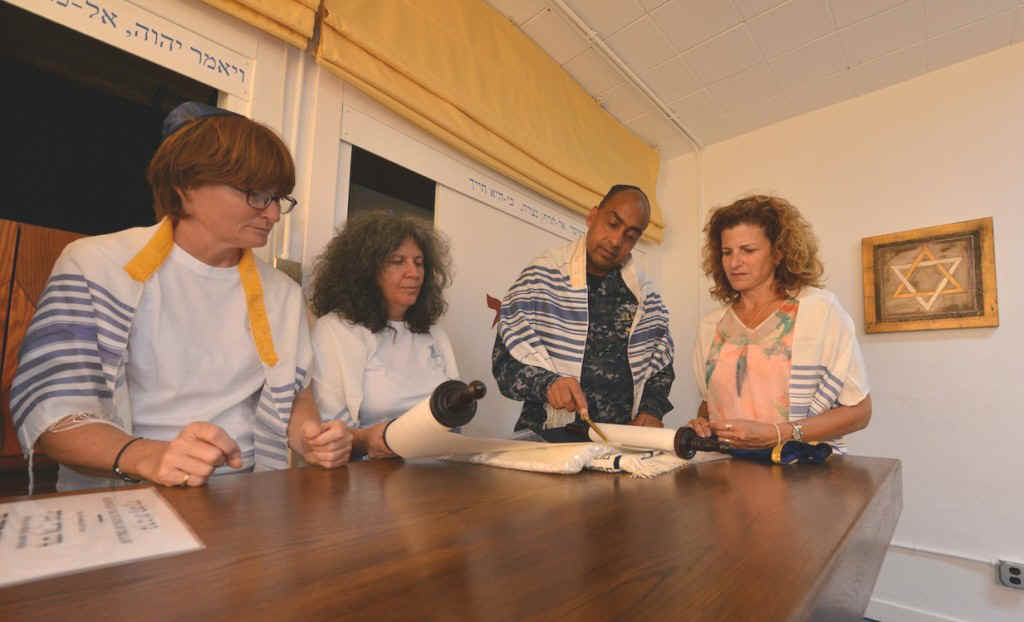
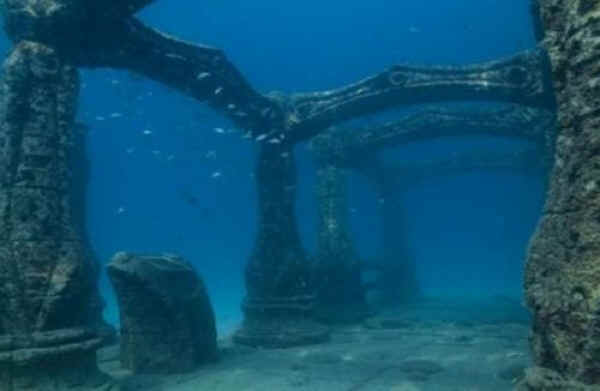

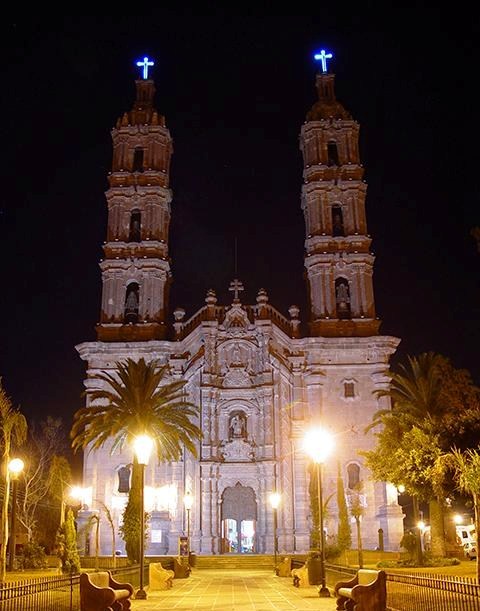
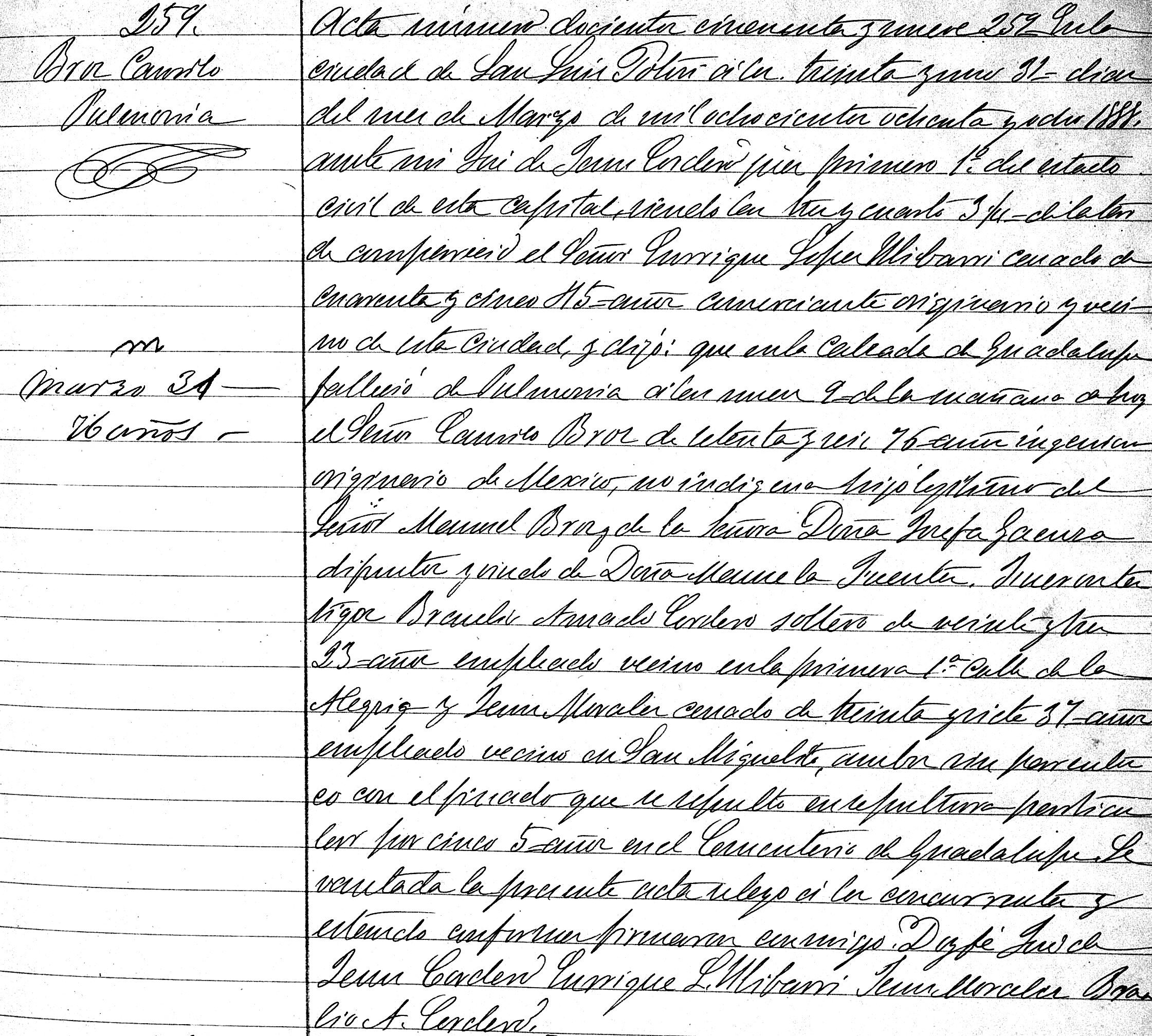
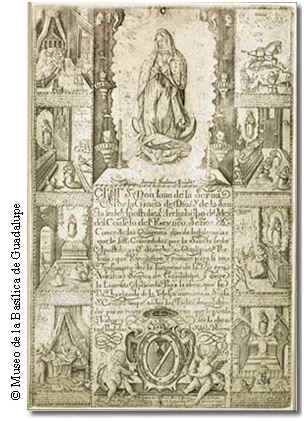 Beatriz Berndt León
Mariscal, "El retalo visual de lo prodigioso guadalupano en un grabado flamenco de principios de siglo
XVII", Boletín Guadalupano, Año V, núm. 69. Septiembre de 2006. Enlace a Boletín Guadalupano
Beatriz Berndt León
Mariscal, "El retalo visual de lo prodigioso guadalupano en un grabado flamenco de principios de siglo
XVII", Boletín Guadalupano, Año V, núm. 69. Septiembre de 2006. Enlace a Boletín Guadalupano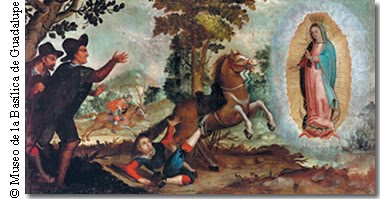
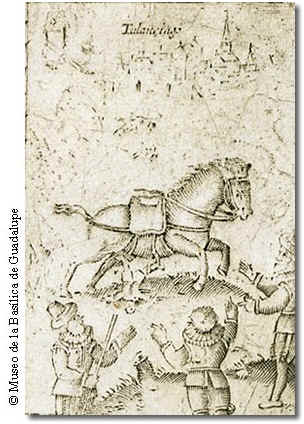 El autor de la composición representó casi todas las escenas en
interiores, salvo el suceso de Andrés de Carbajal y Tapia, ubicado en el recuadro superior derecho de la
estampa. En la mayoría de los casos, reprodujo el altar de la imagen
devota, con sus seis milagros colgados a lo alto, sus lámparas de aceite y un par de velas en
candeleros.
El autor de la composición representó casi todas las escenas en
interiores, salvo el suceso de Andrés de Carbajal y Tapia, ubicado en el recuadro superior derecho de la
estampa. En la mayoría de los casos, reprodujo el altar de la imagen
devota, con sus seis milagros colgados a lo alto, sus lámparas de aceite y un par de velas en
candeleros.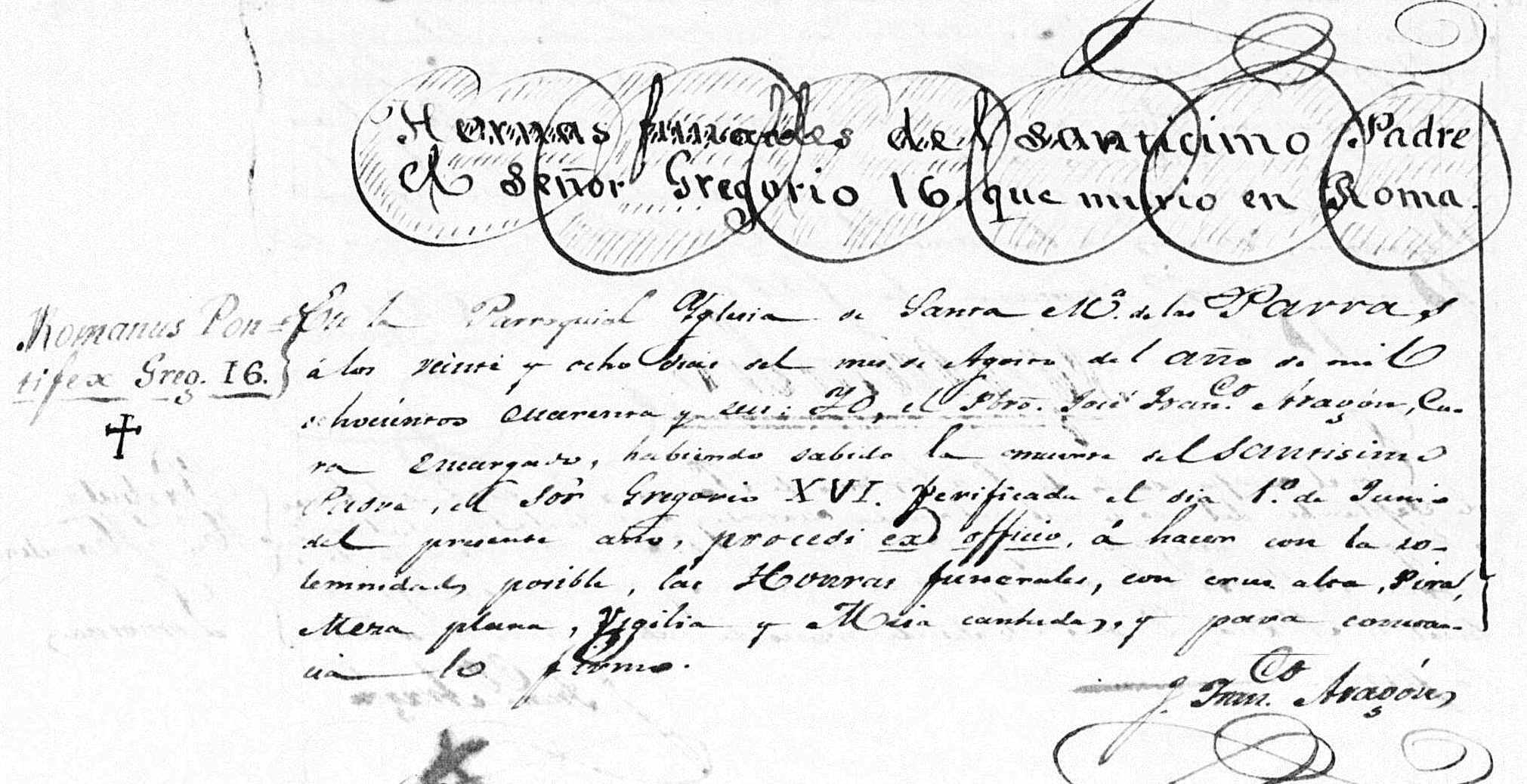
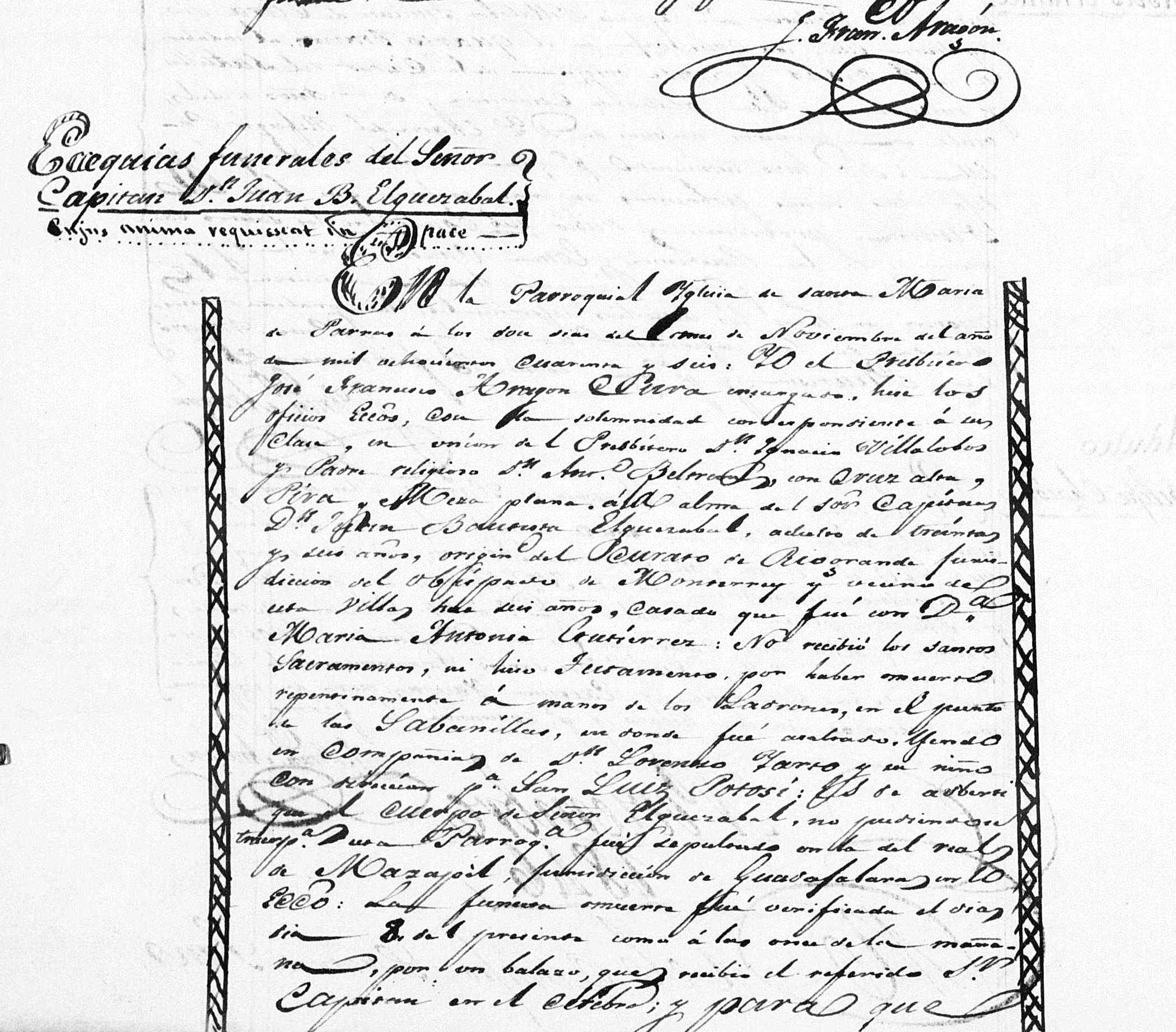
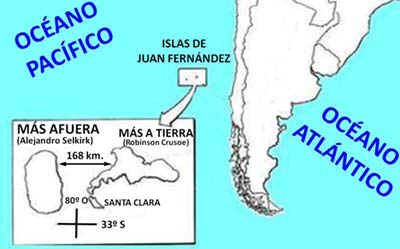

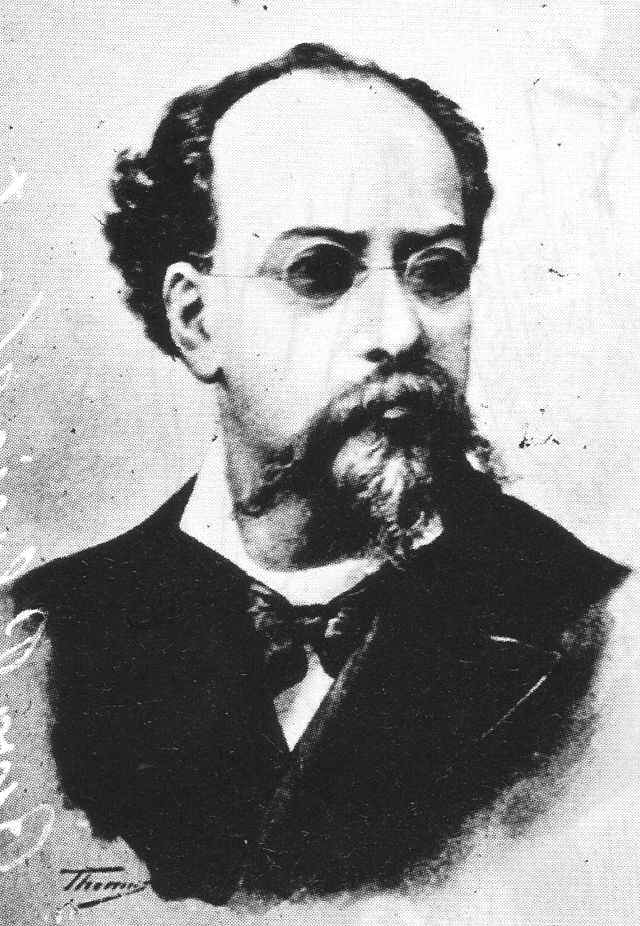
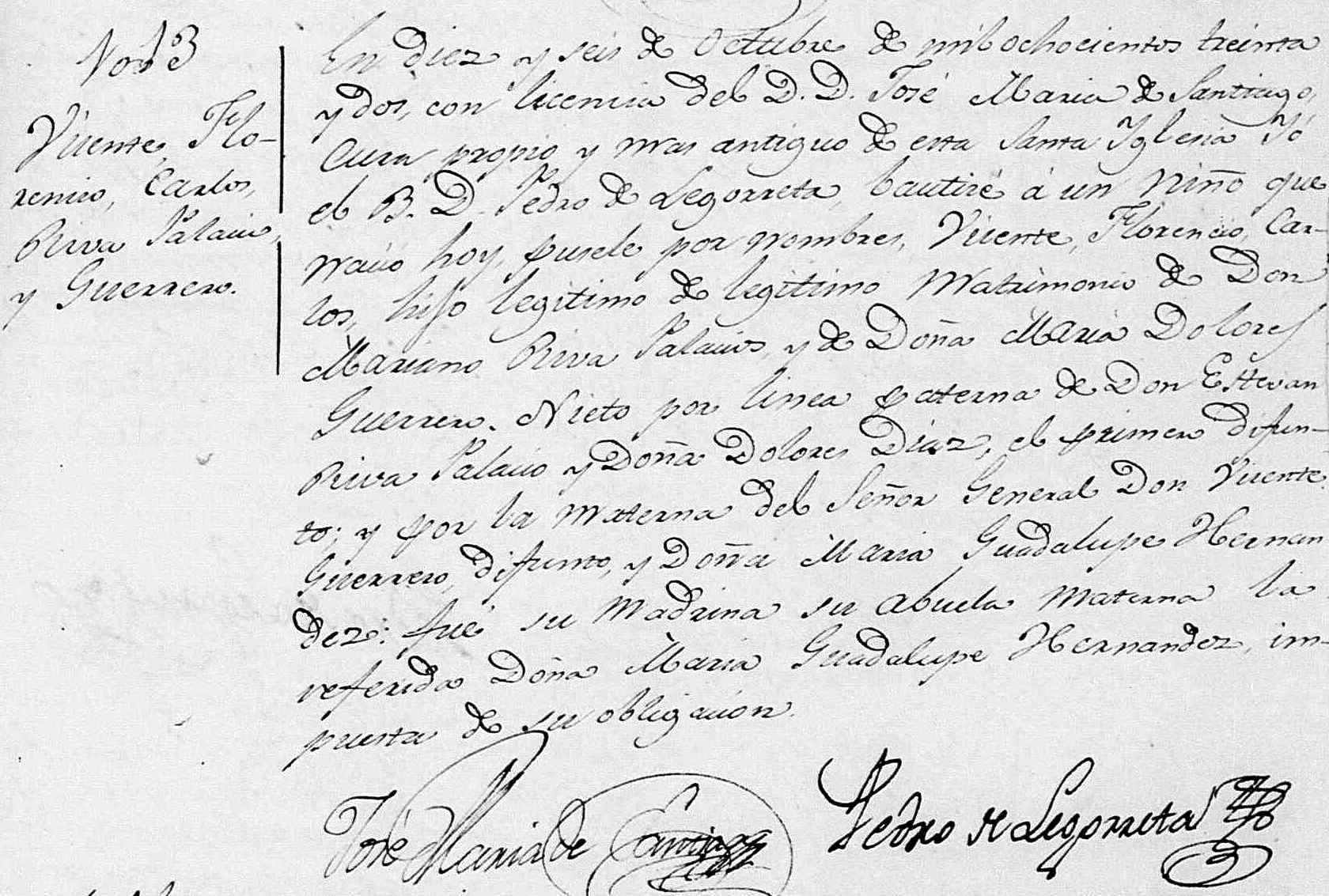
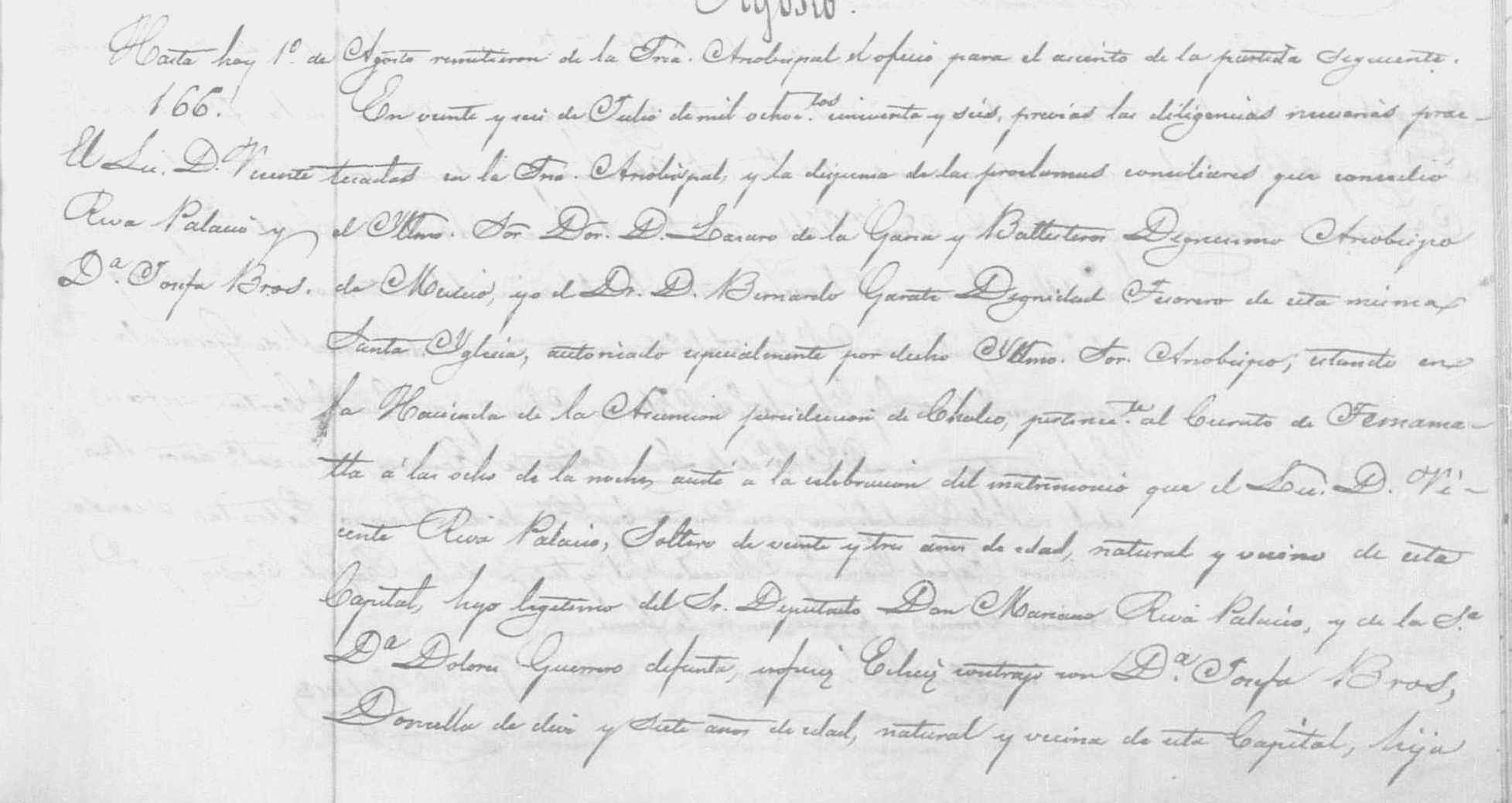
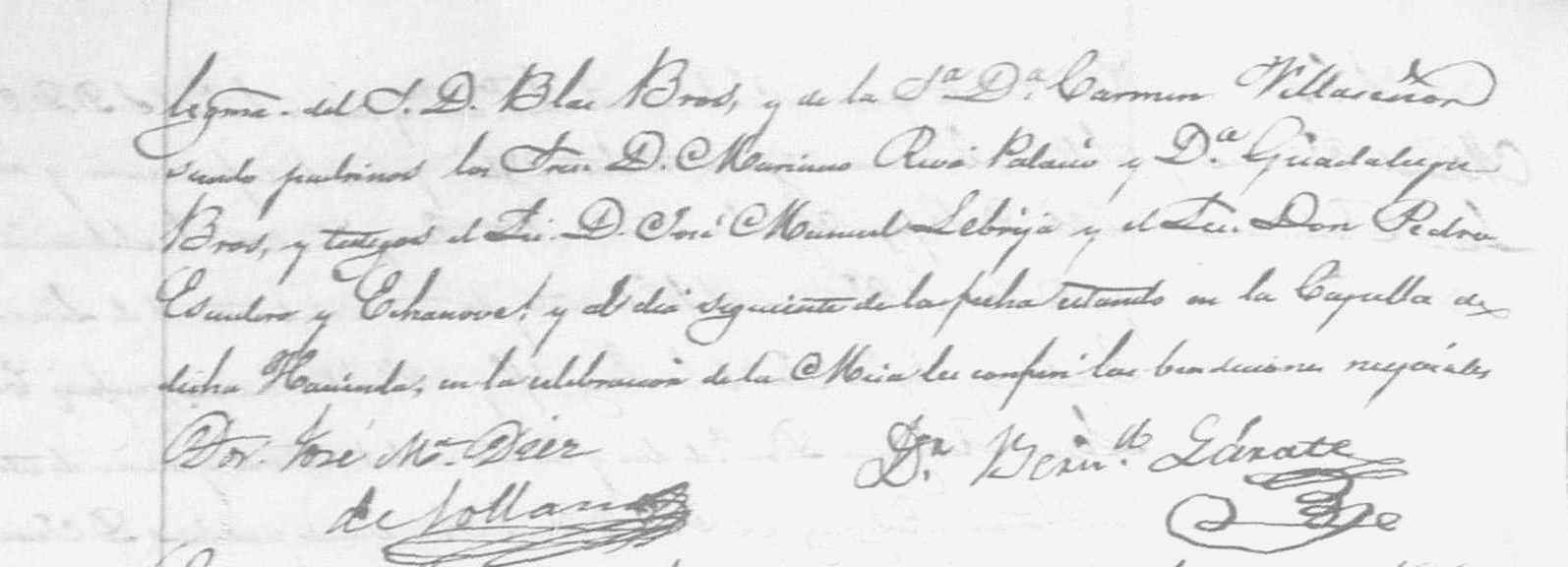

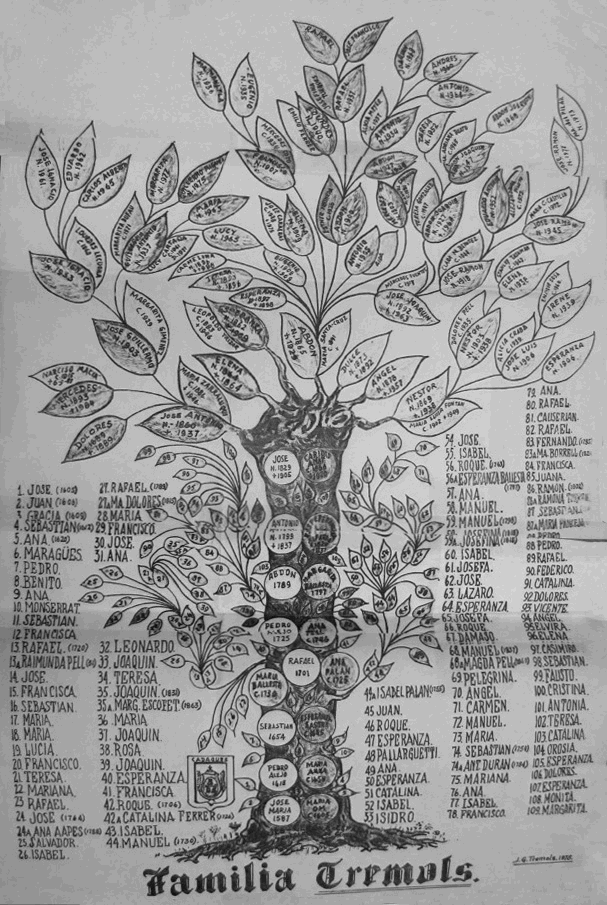
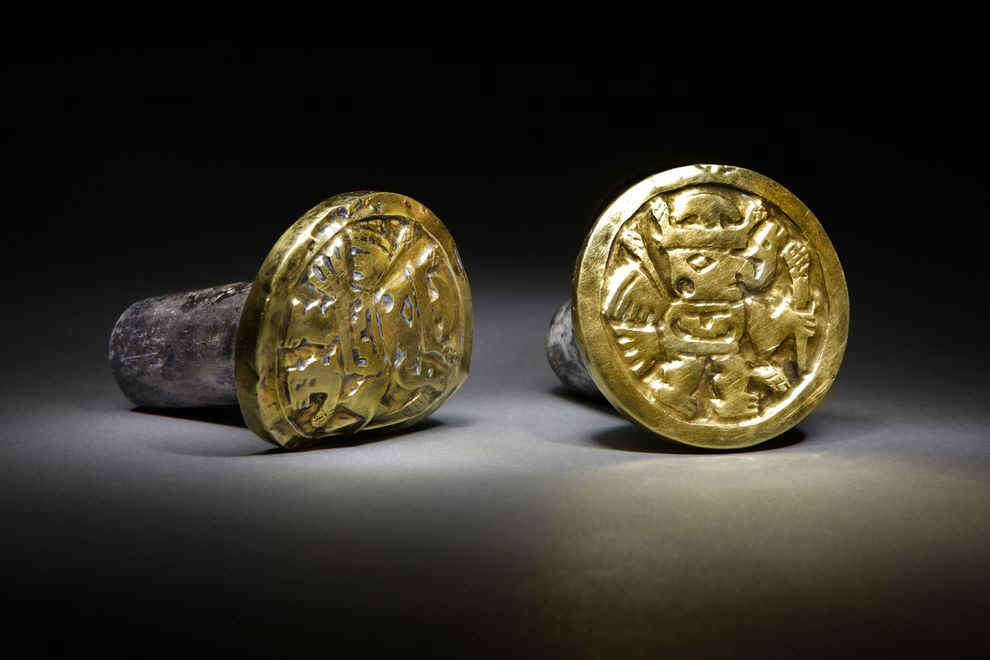
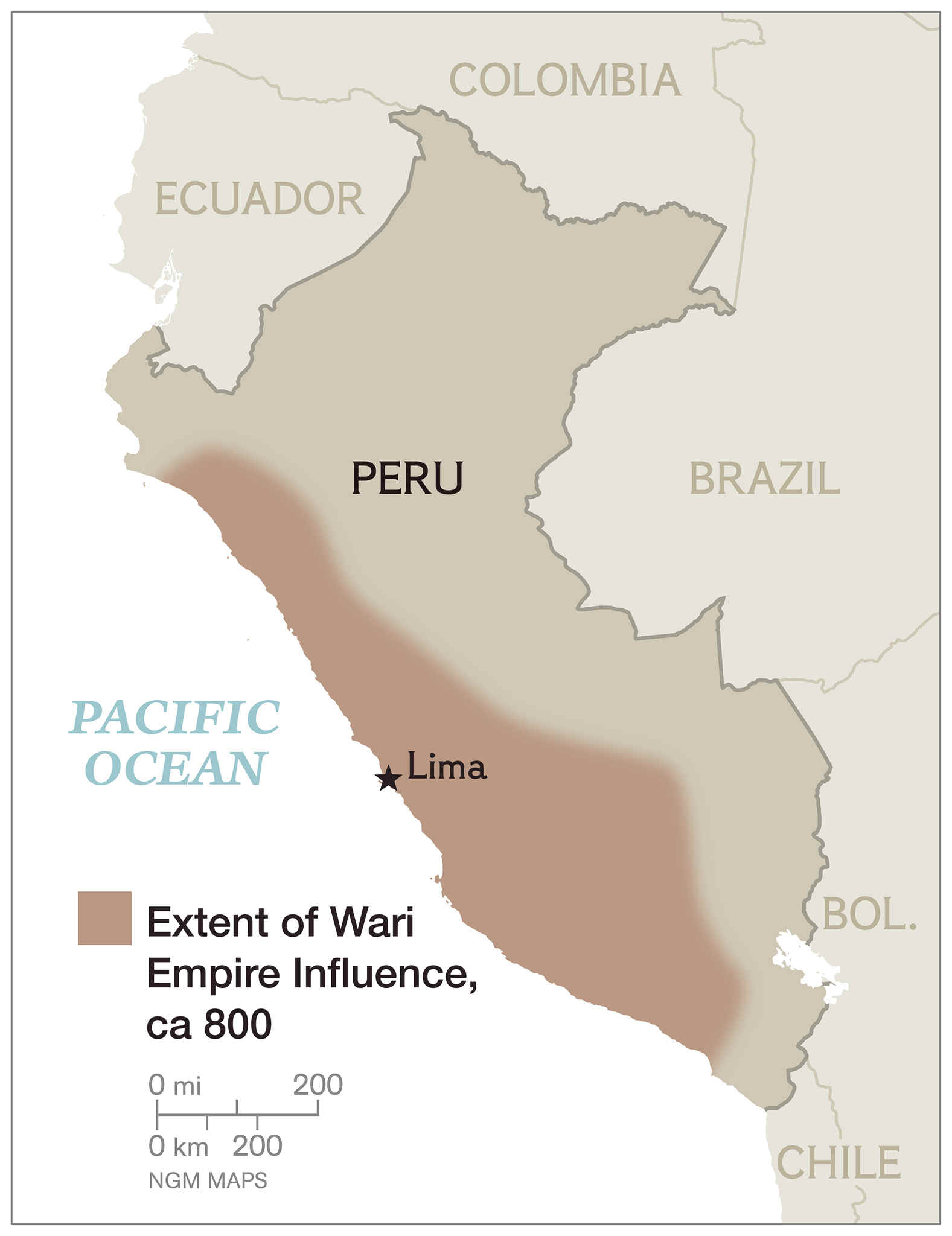
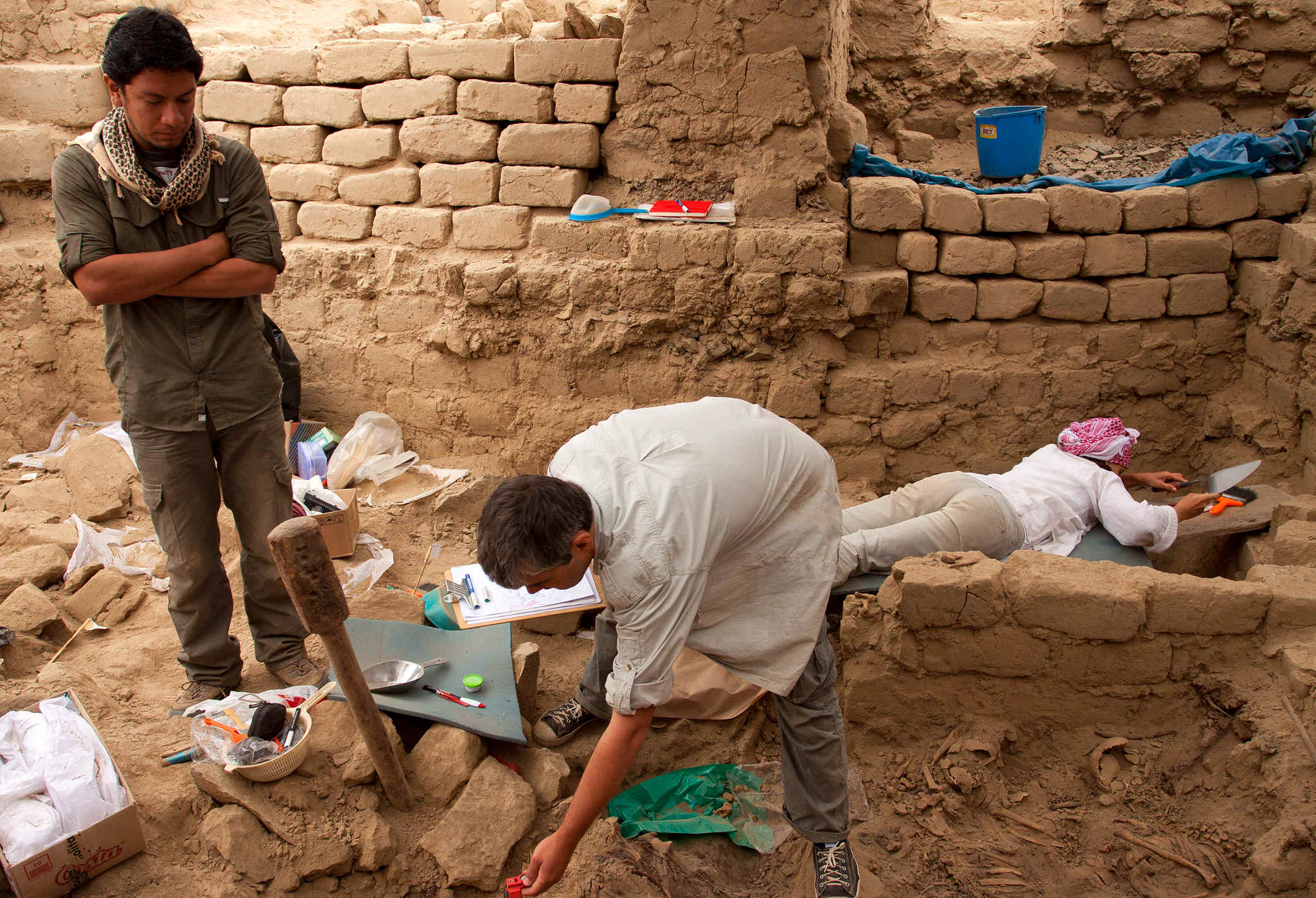



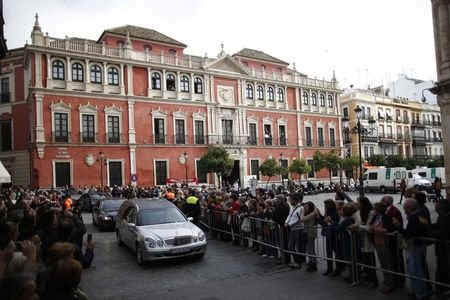
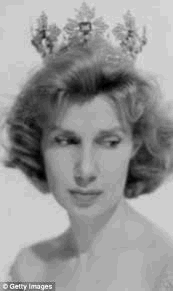
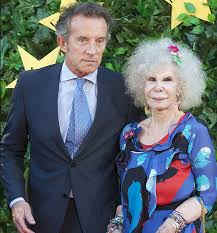 Her second husband died in 2001. Her courtship with dashing civil servant Alfonso Diez gripped the nation, aroused disapproval from Queen Sofia and was openly opposed by her six children.
Her second husband died in 2001. Her courtship with dashing civil servant Alfonso Diez gripped the nation, aroused disapproval from Queen Sofia and was openly opposed by her six children.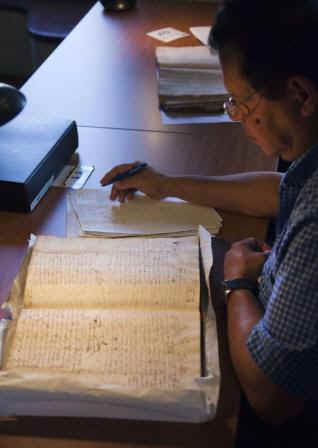
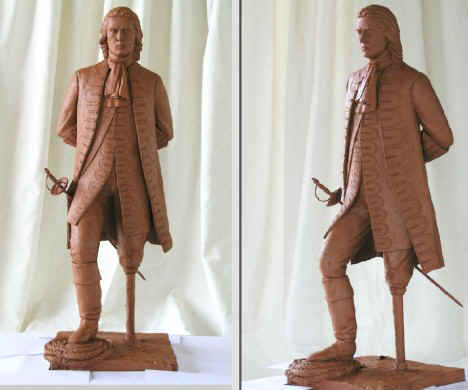
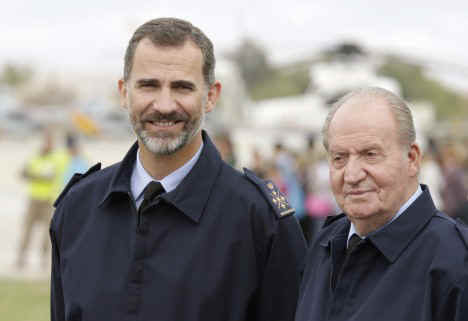
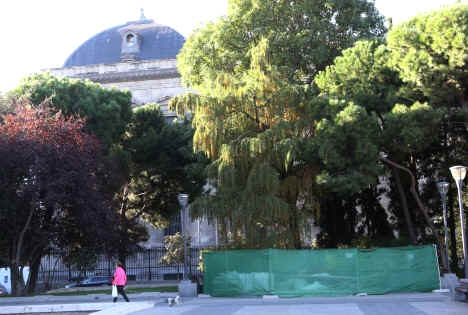
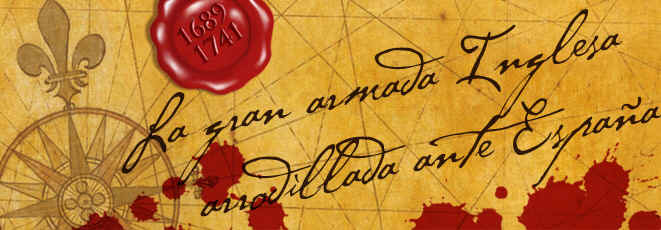
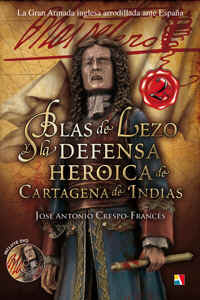
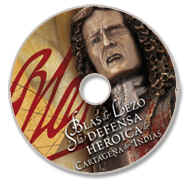 José Antonio Crespo-Francés, en su incesante labor por la recuperación de la memoria de nuestros héroes olvidados, pone de relieve el mérito que le fue negado a Lezo por un virrey que trató de hundirle moral y económicamente, apropiándose de sus grandes hechos de Armas.
José Antonio Crespo-Francés, en su incesante labor por la recuperación de la memoria de nuestros héroes olvidados, pone de relieve el mérito que le fue negado a Lezo por un virrey que trató de hundirle moral y económicamente, apropiándose de sus grandes hechos de Armas. 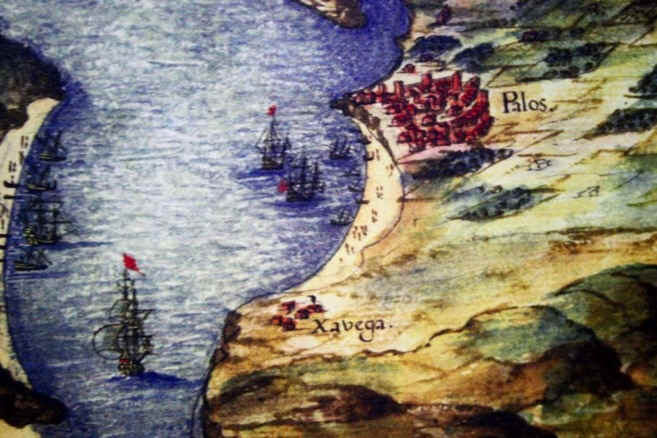
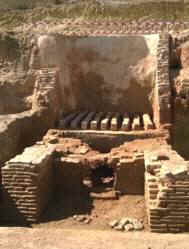 de la época hablan de un puerto, una alota y un forno, que al final ha resultado ser un alfar, es decir, un conjunto de hornos. "Estamos ante un complejo industrial único en España" por su cantidad, variedad y grado de conservación, indica la arqueóloga Lucía Fernández mientras nos descubre pieza a pieza el resultado de las excavaciones. Los dos hornos de mayores dimensiones fabricaban ladrillos y tejas con las que luego se construyó la iglesia de San Jorge Mártir de la localidad. "Posiblemente en cada hornada sacaban 3.000 ladrillos", añade Fernández.
de la época hablan de un puerto, una alota y un forno, que al final ha resultado ser un alfar, es decir, un conjunto de hornos. "Estamos ante un complejo industrial único en España" por su cantidad, variedad y grado de conservación, indica la arqueóloga Lucía Fernández mientras nos descubre pieza a pieza el resultado de las excavaciones. Los dos hornos de mayores dimensiones fabricaban ladrillos y tejas con las que luego se construyó la iglesia de San Jorge Mártir de la localidad. "Posiblemente en cada hornada sacaban 3.000 ladrillos", añade Fernández.